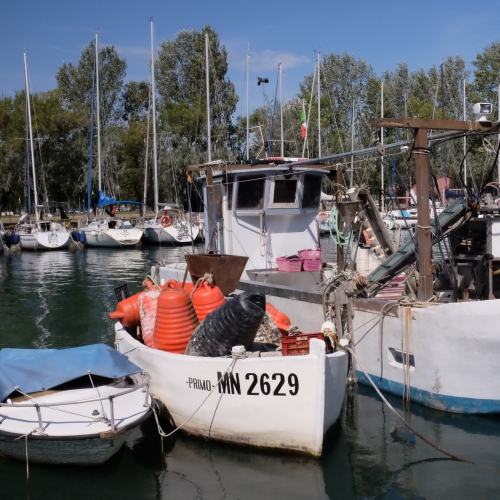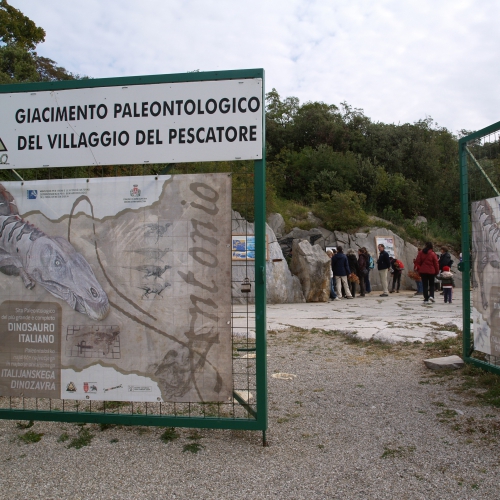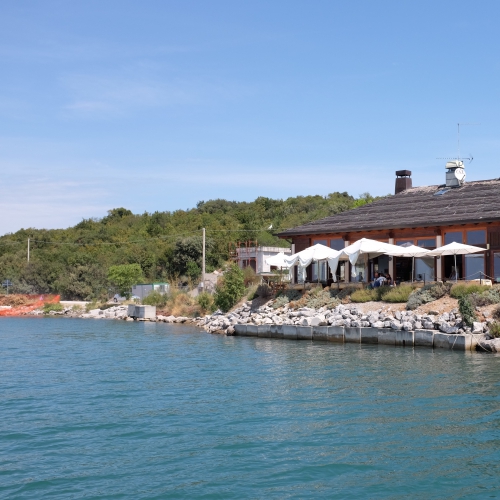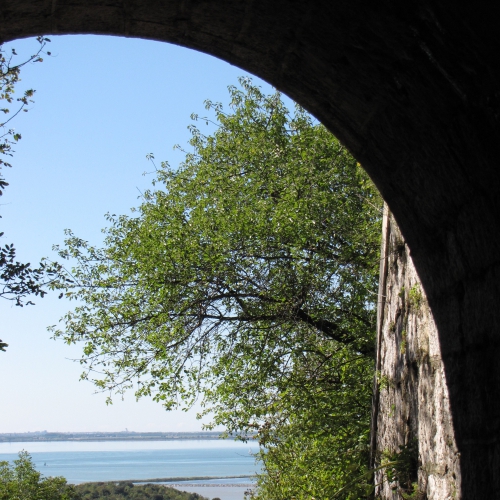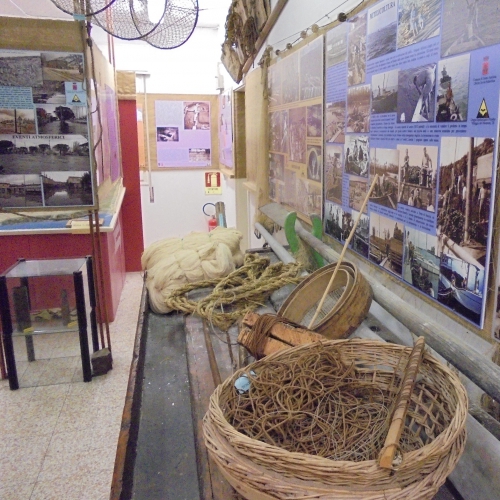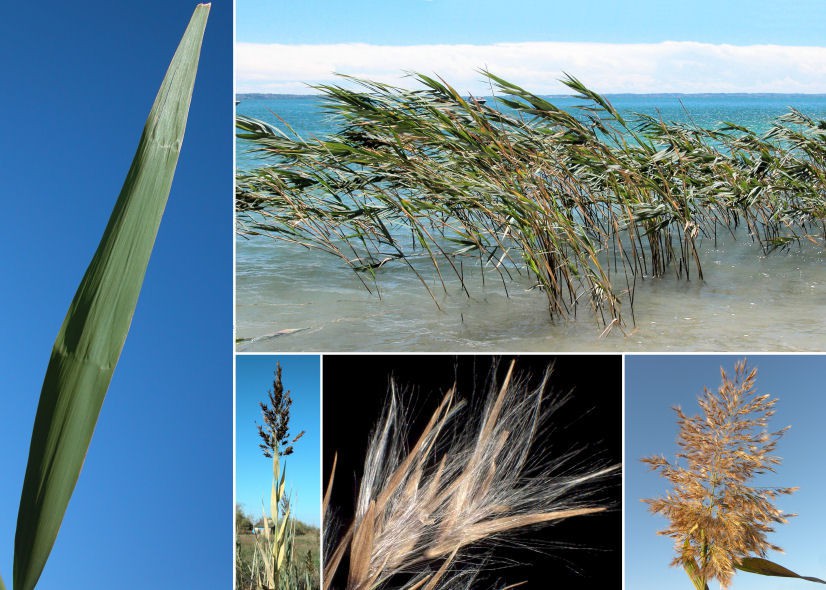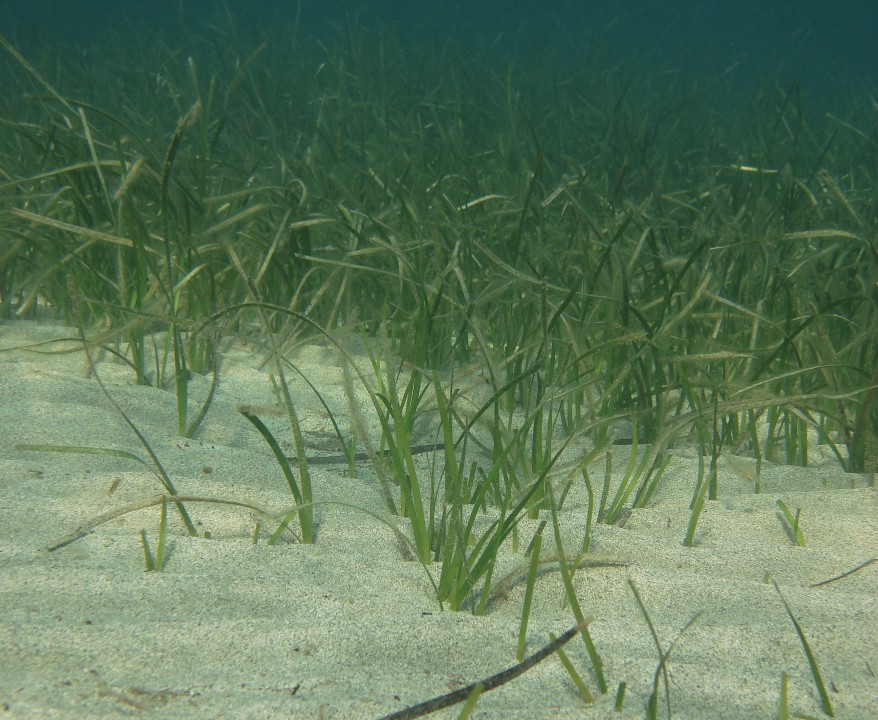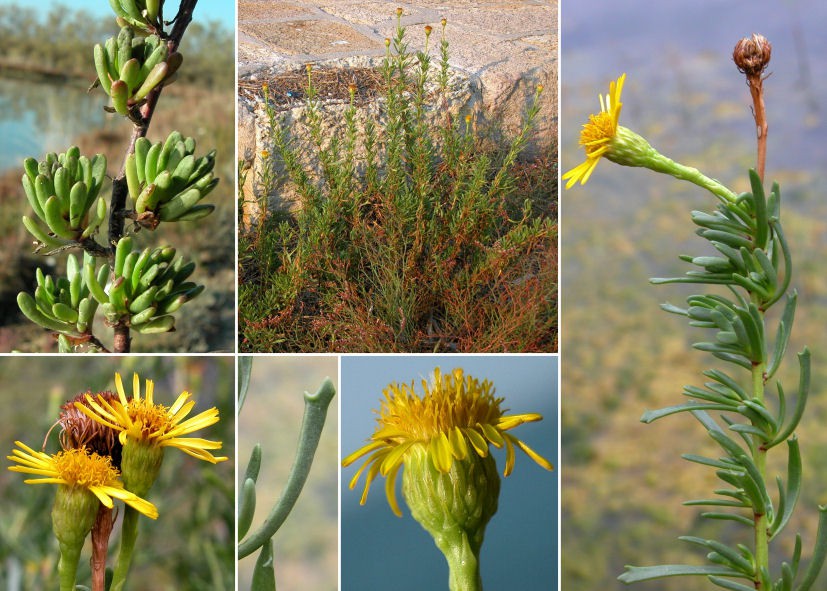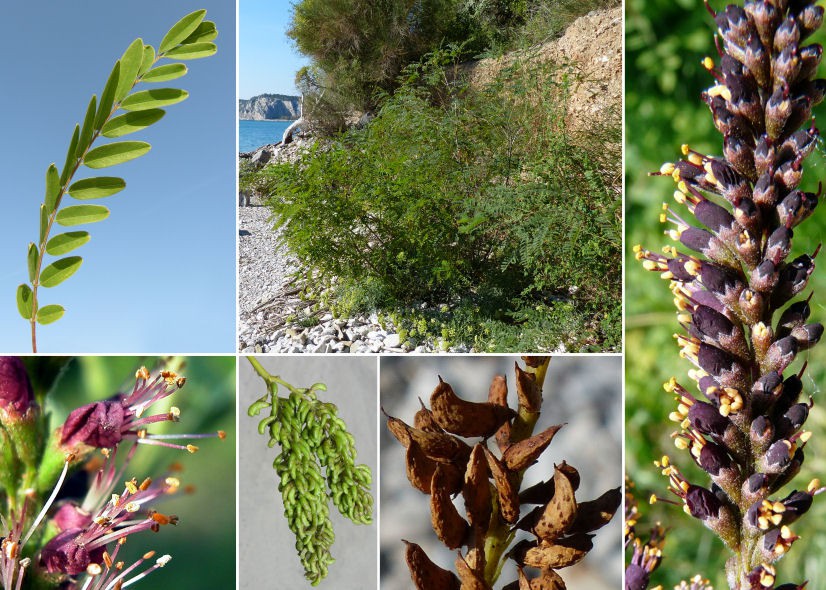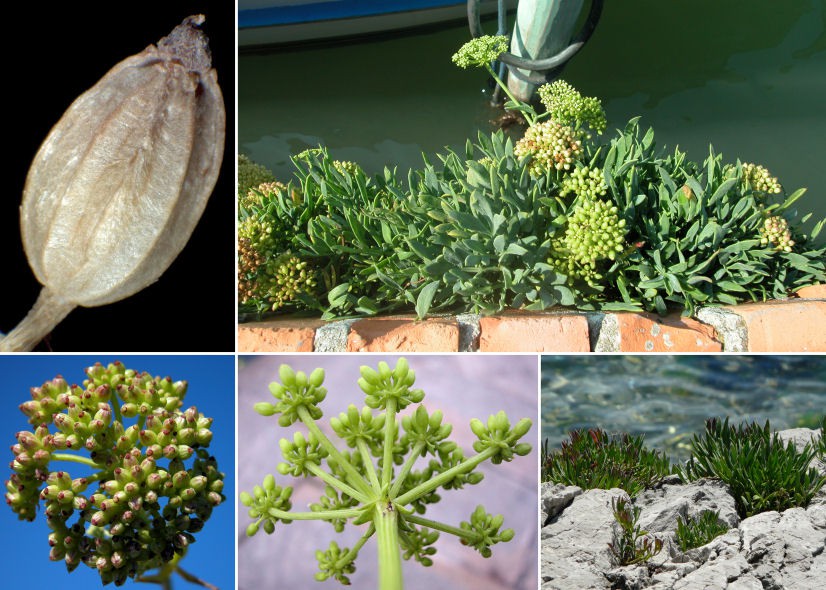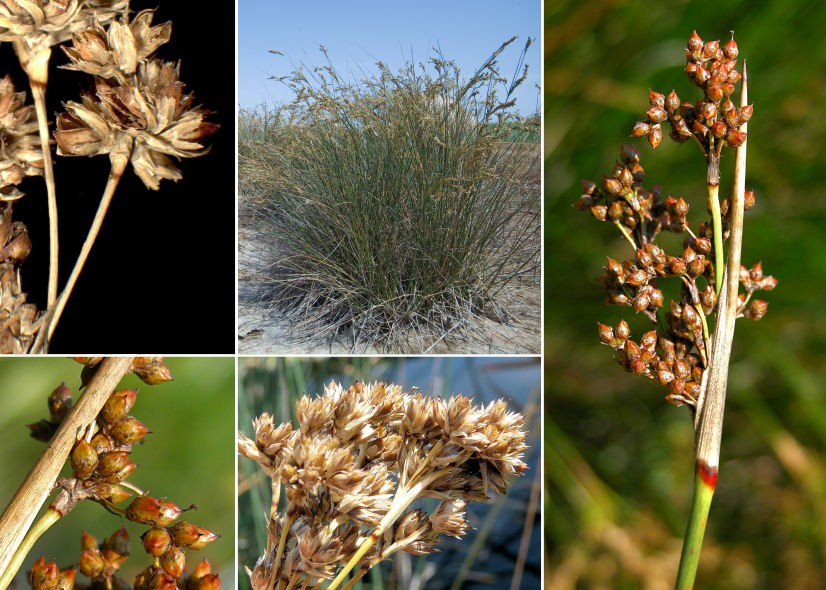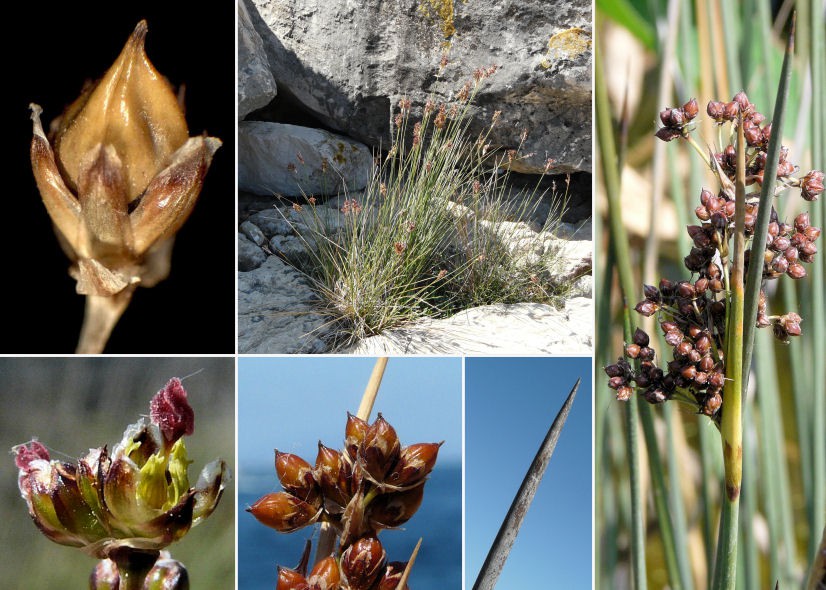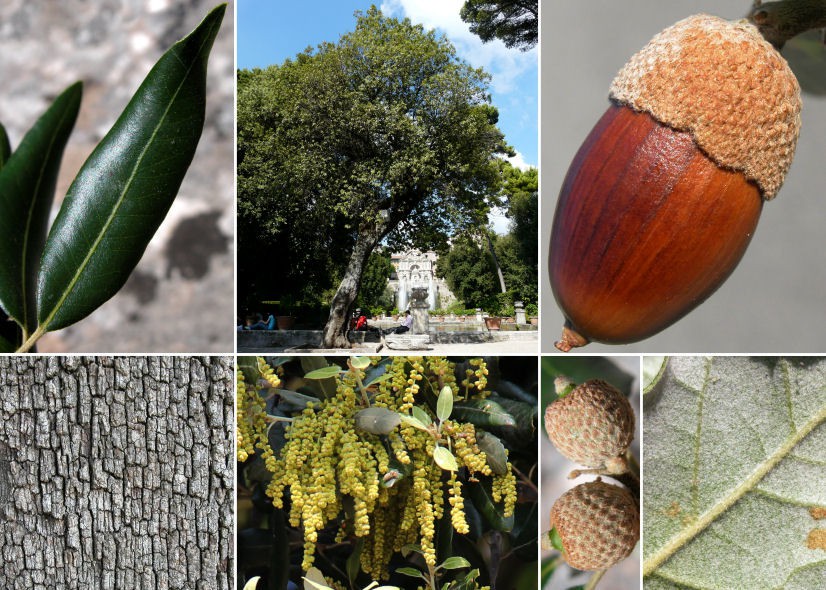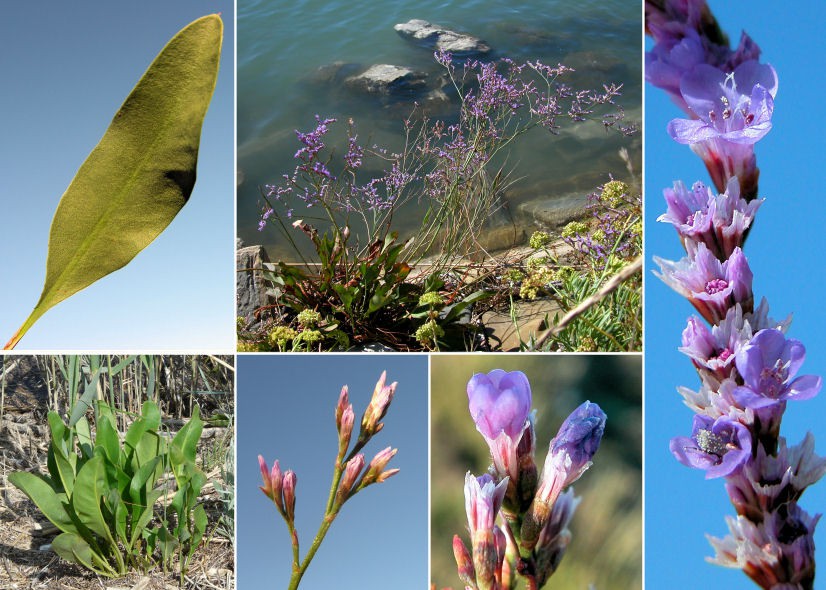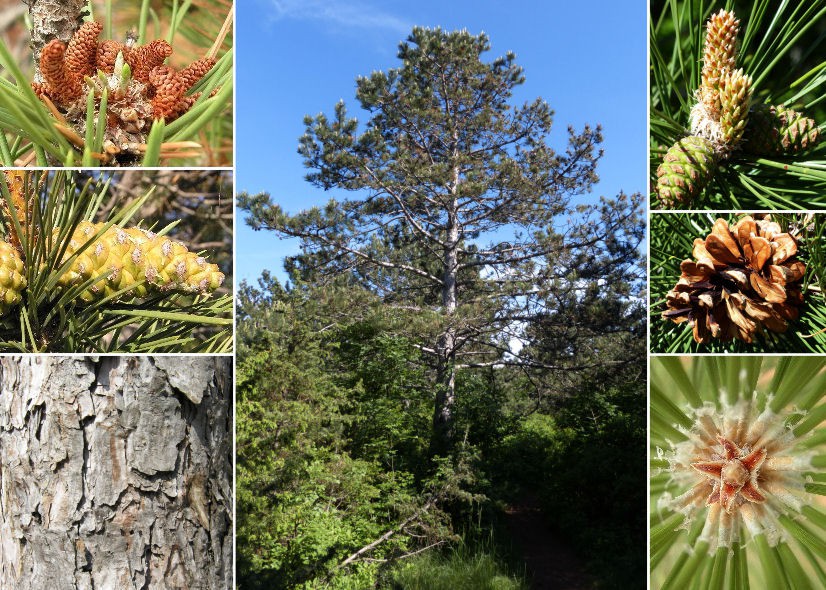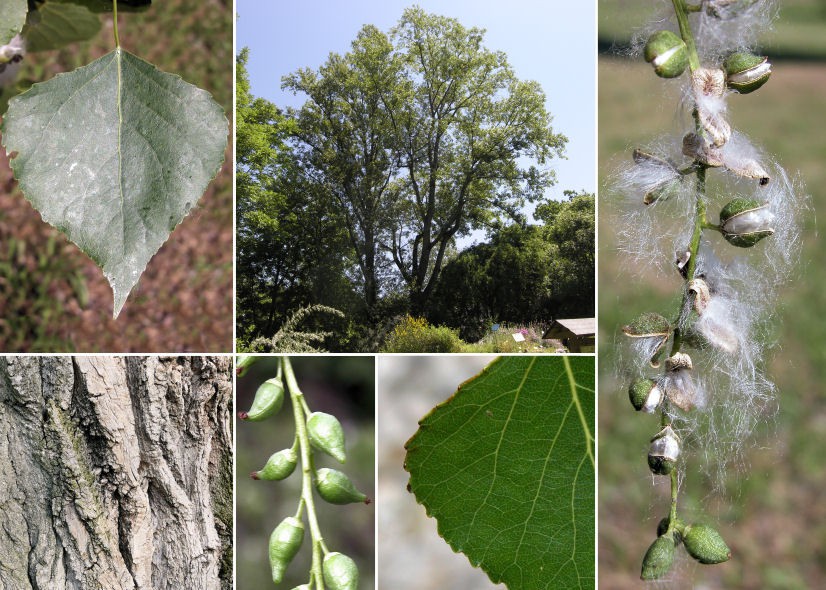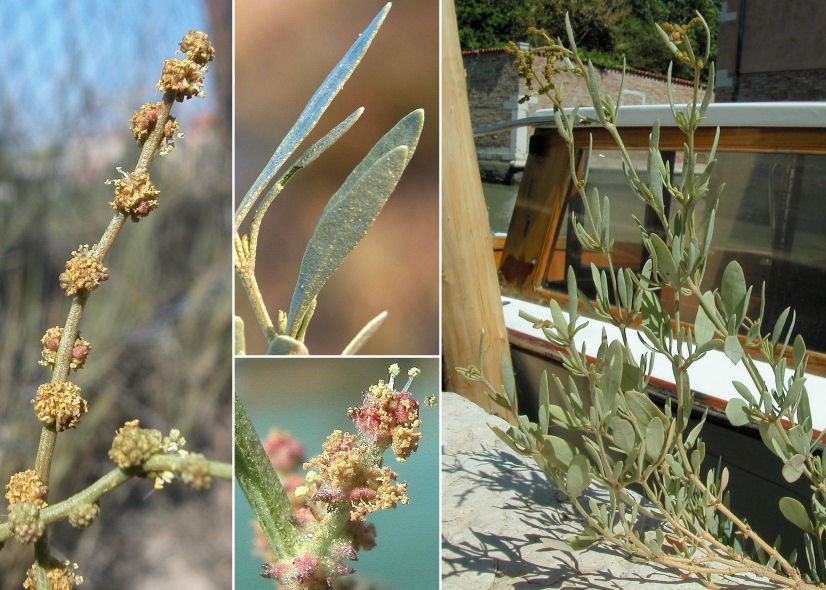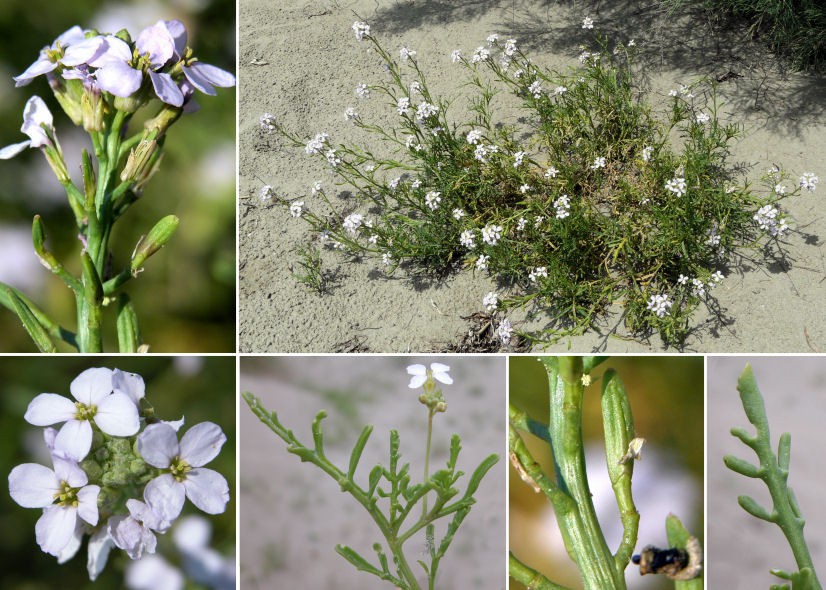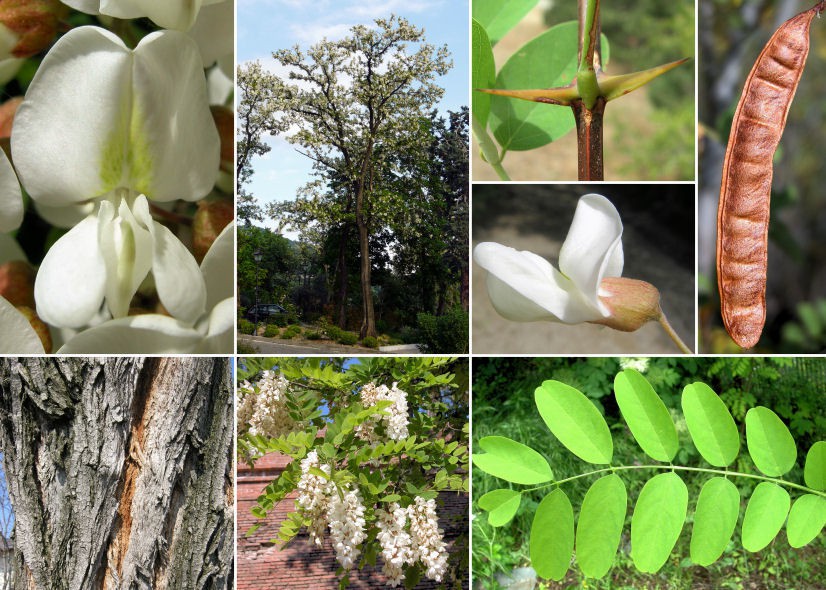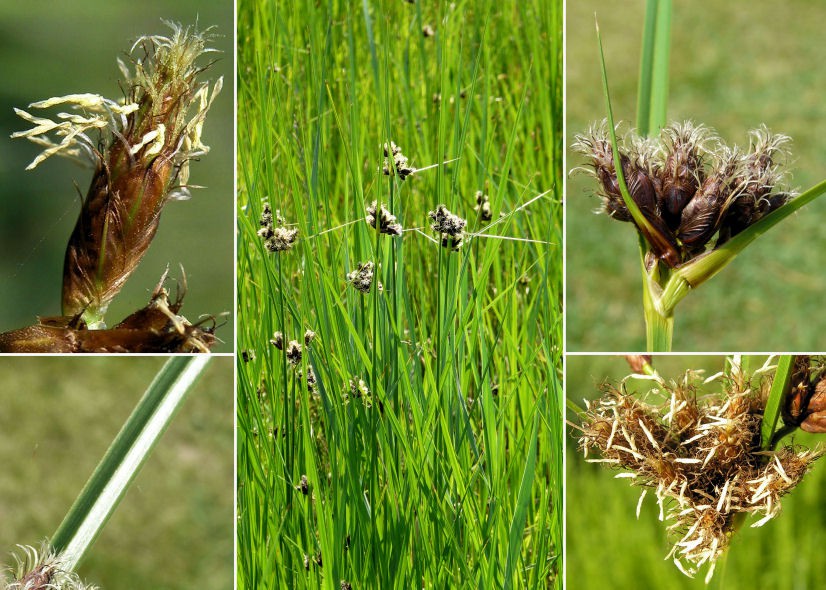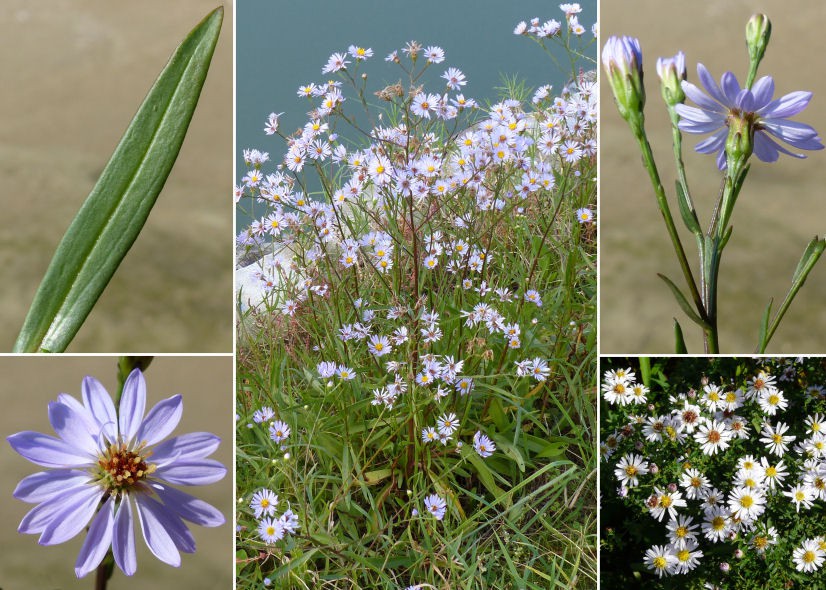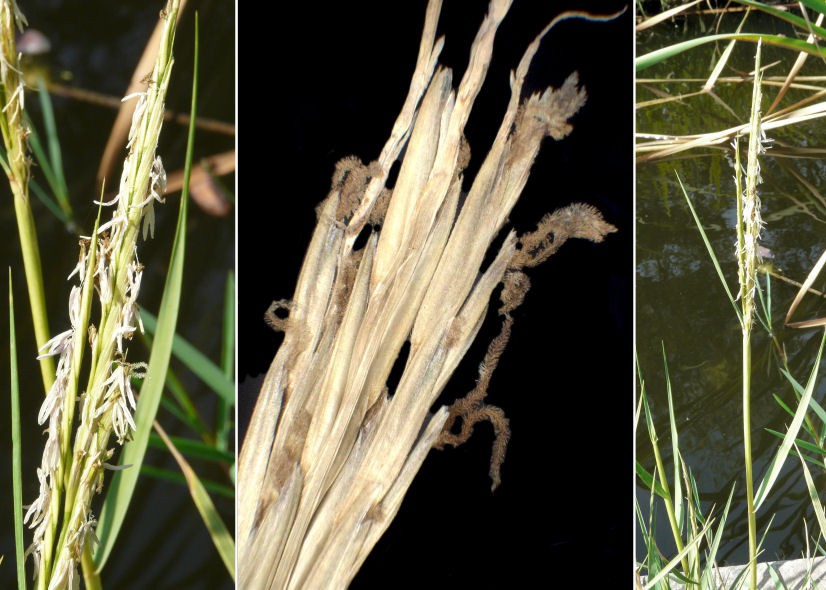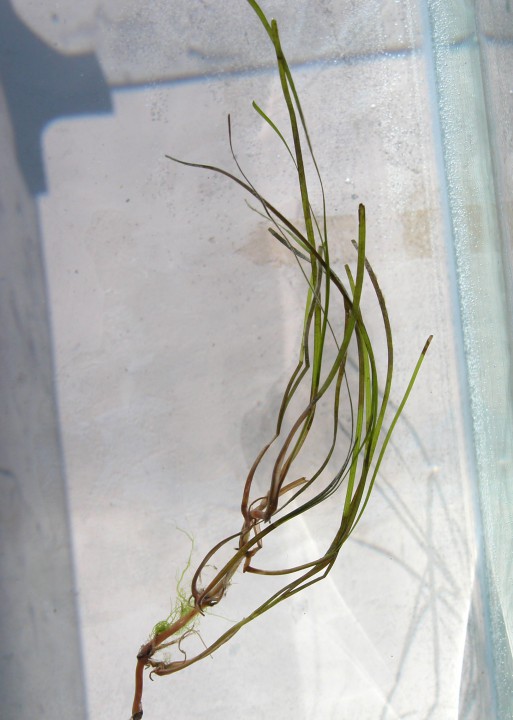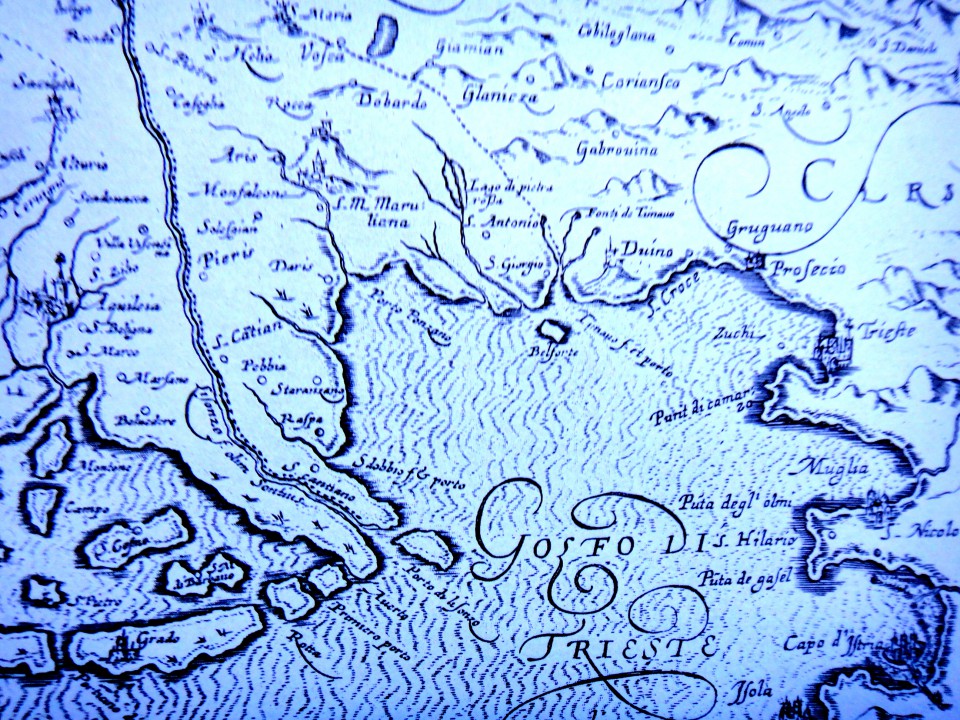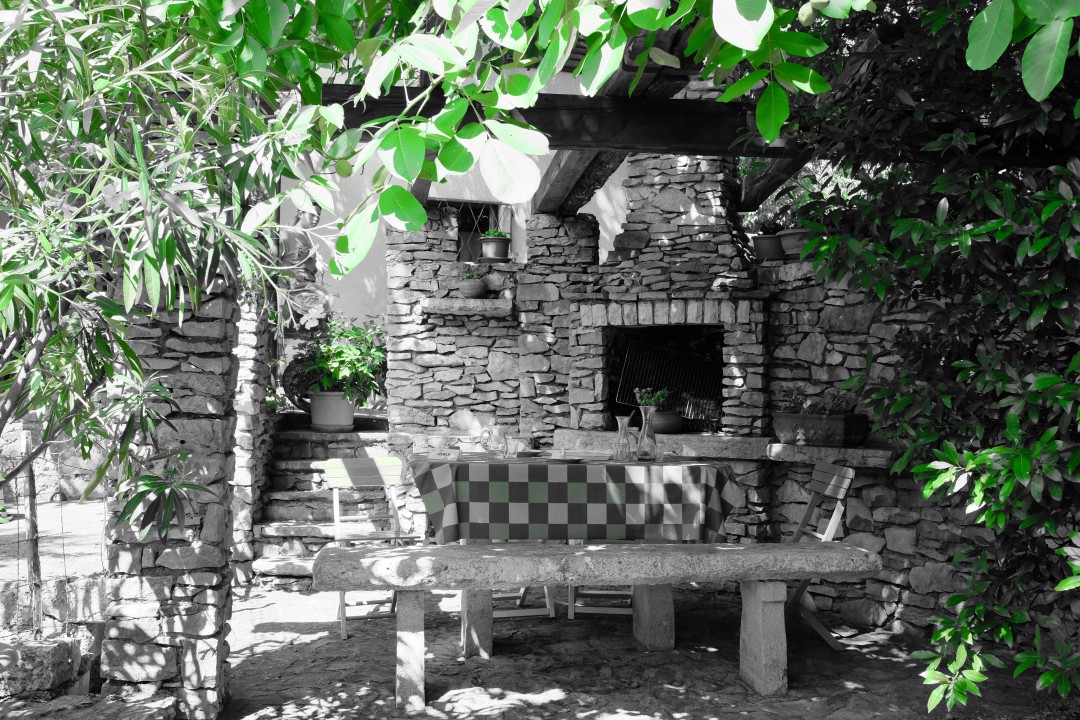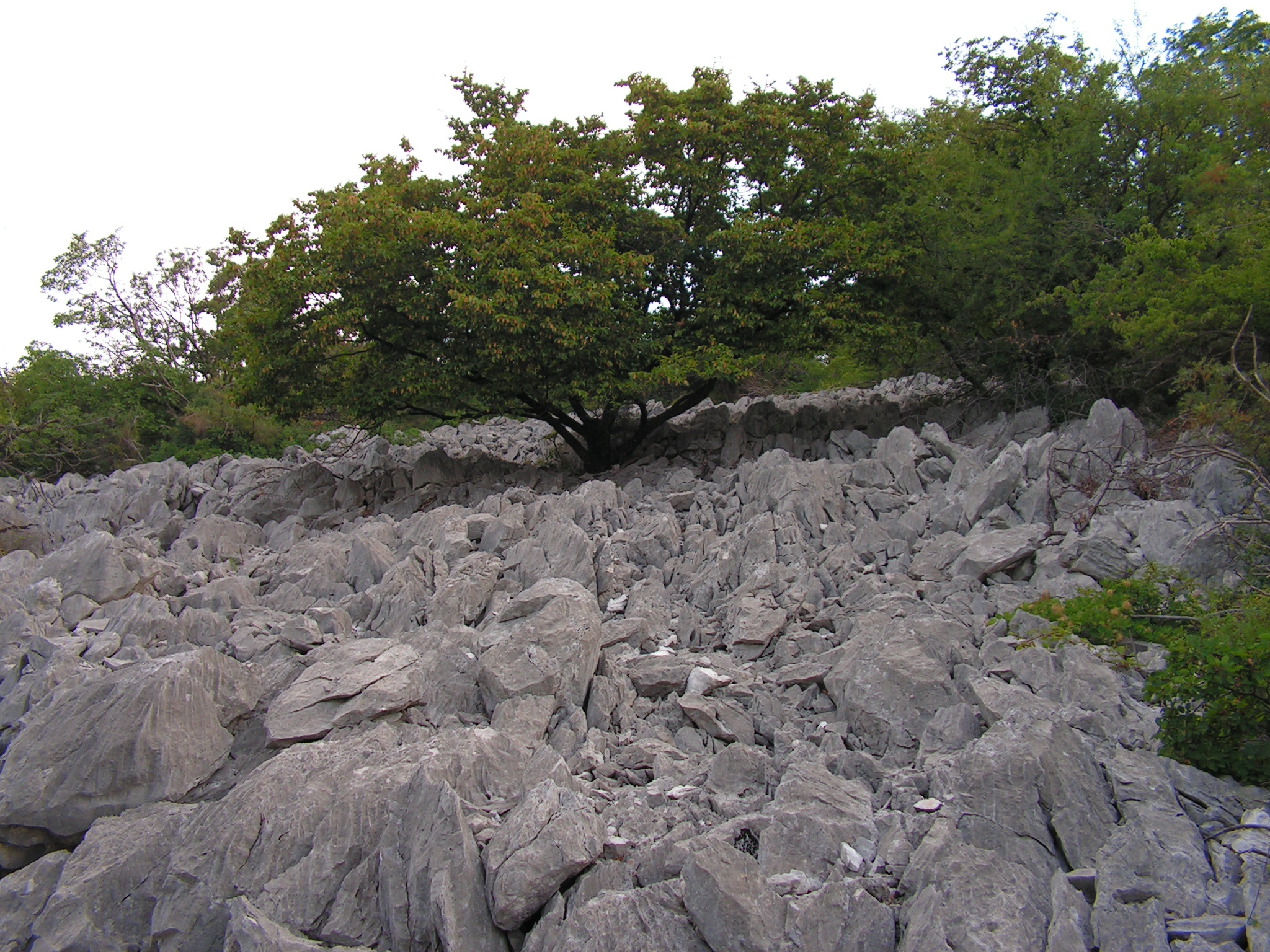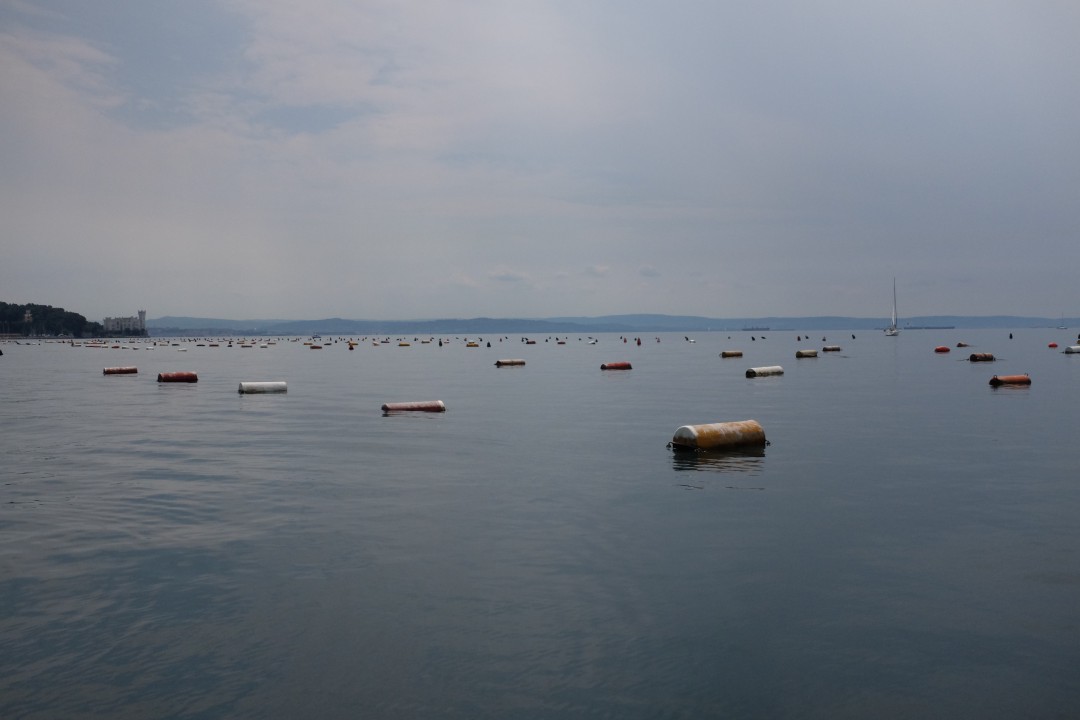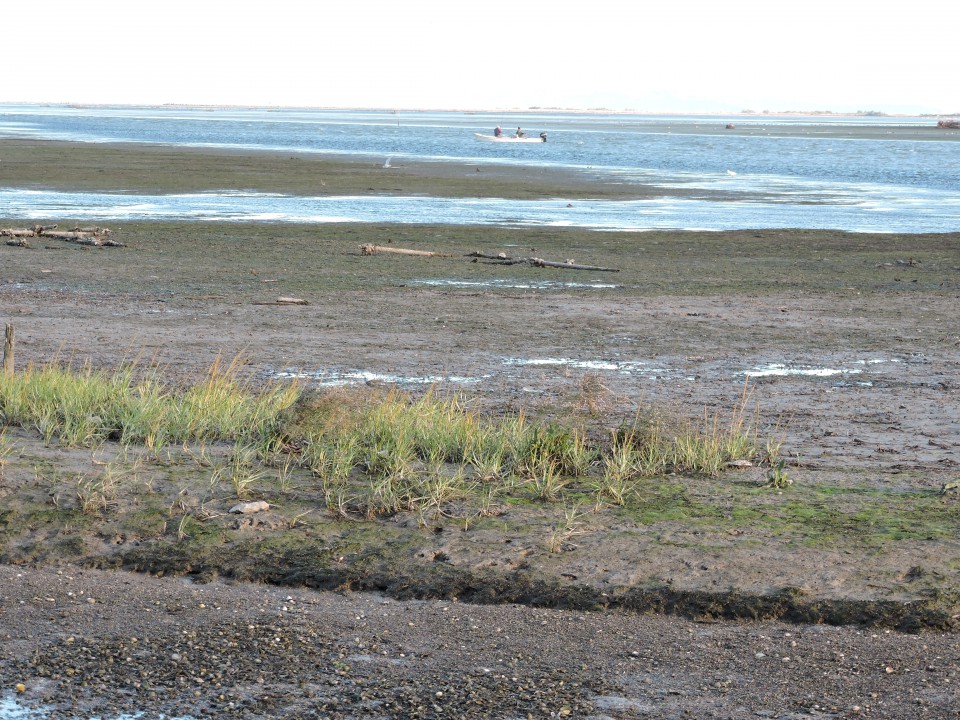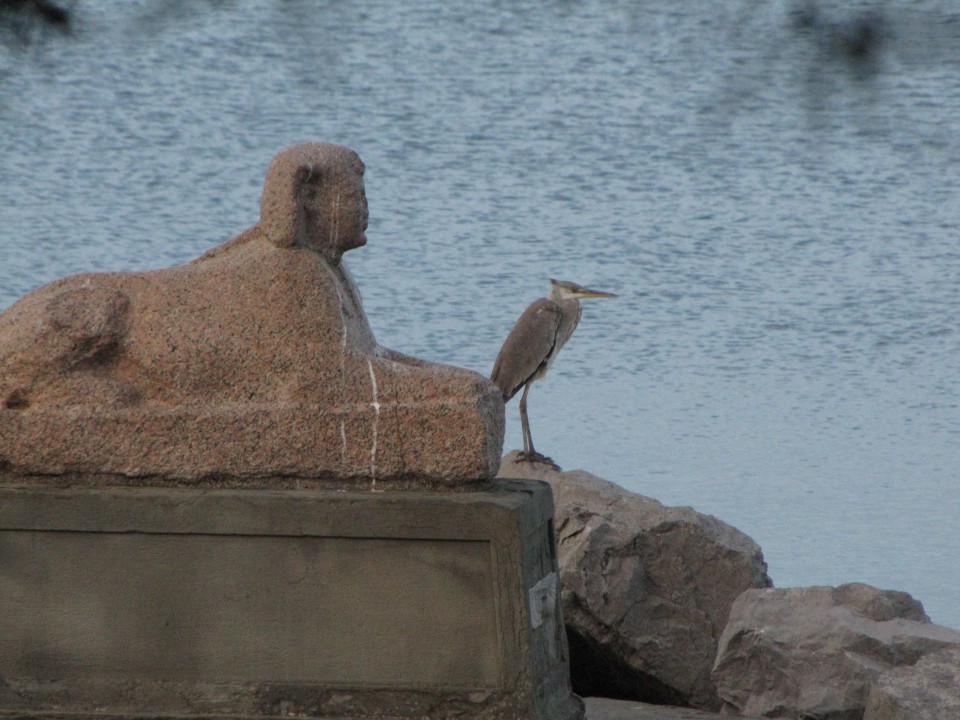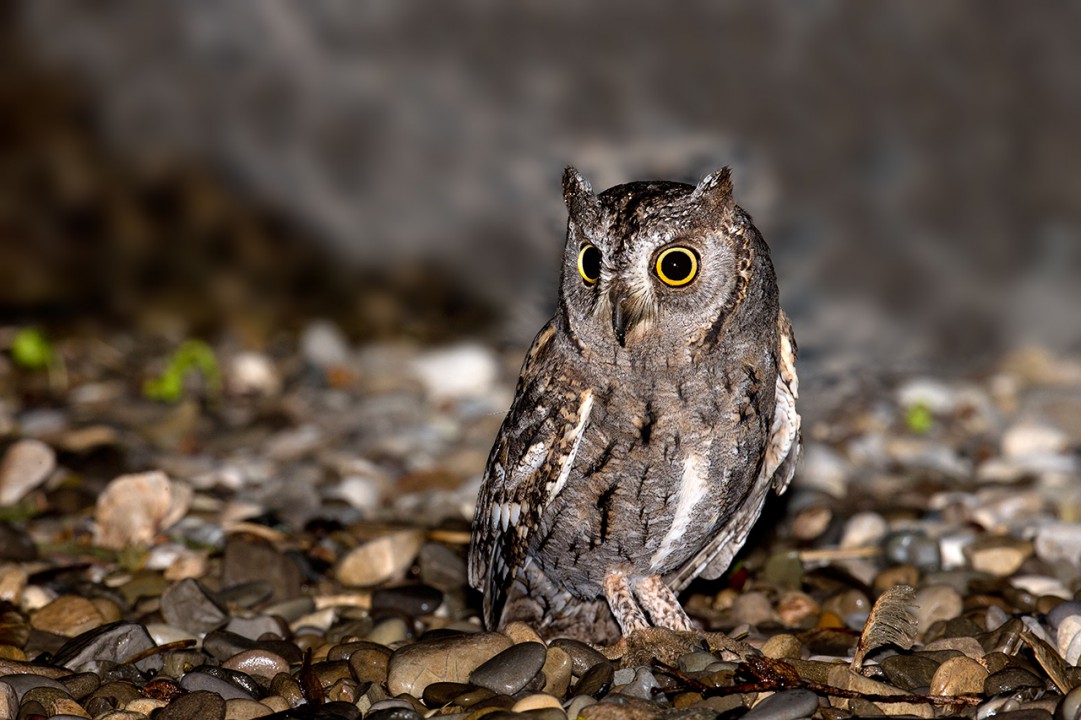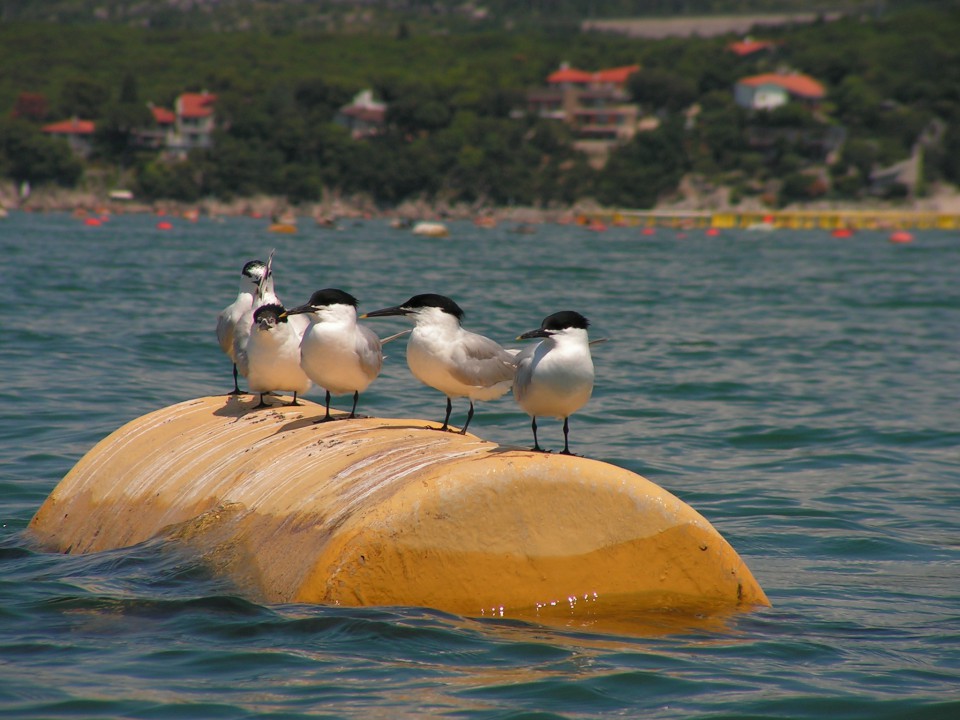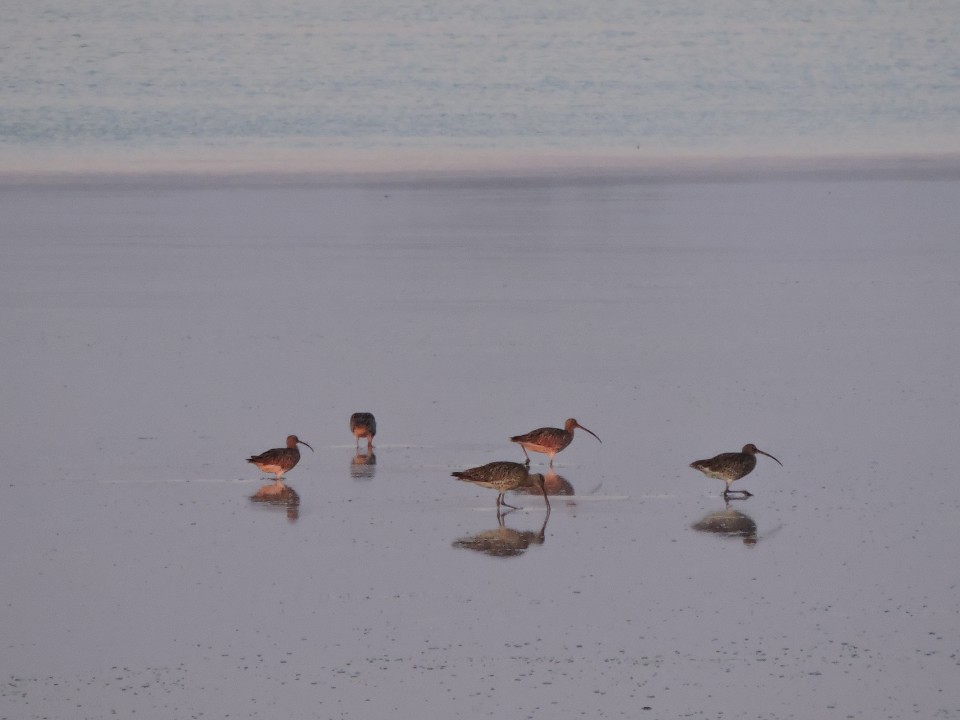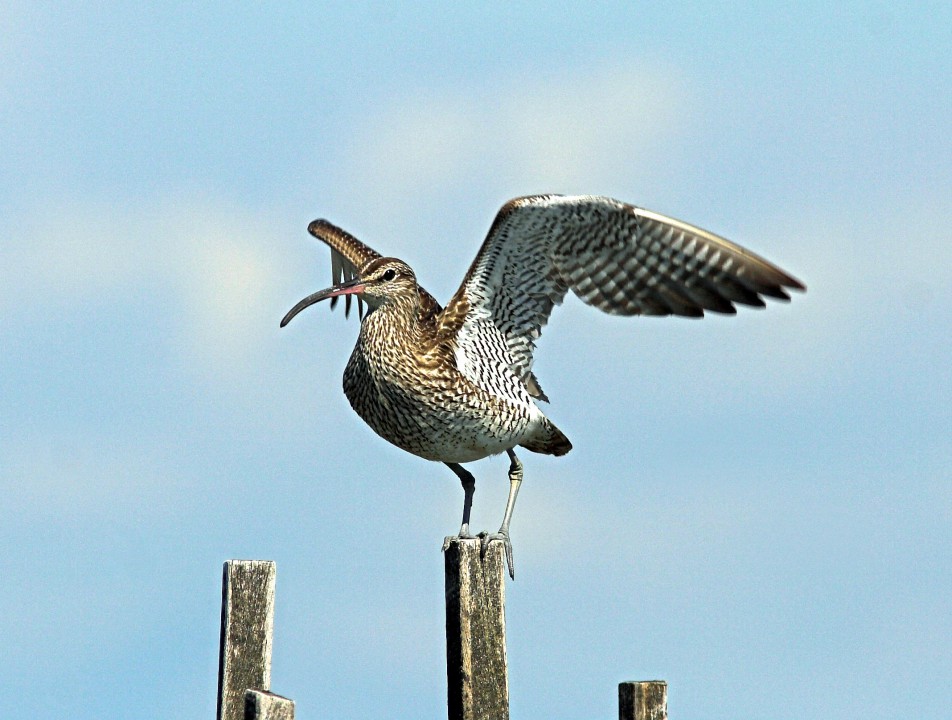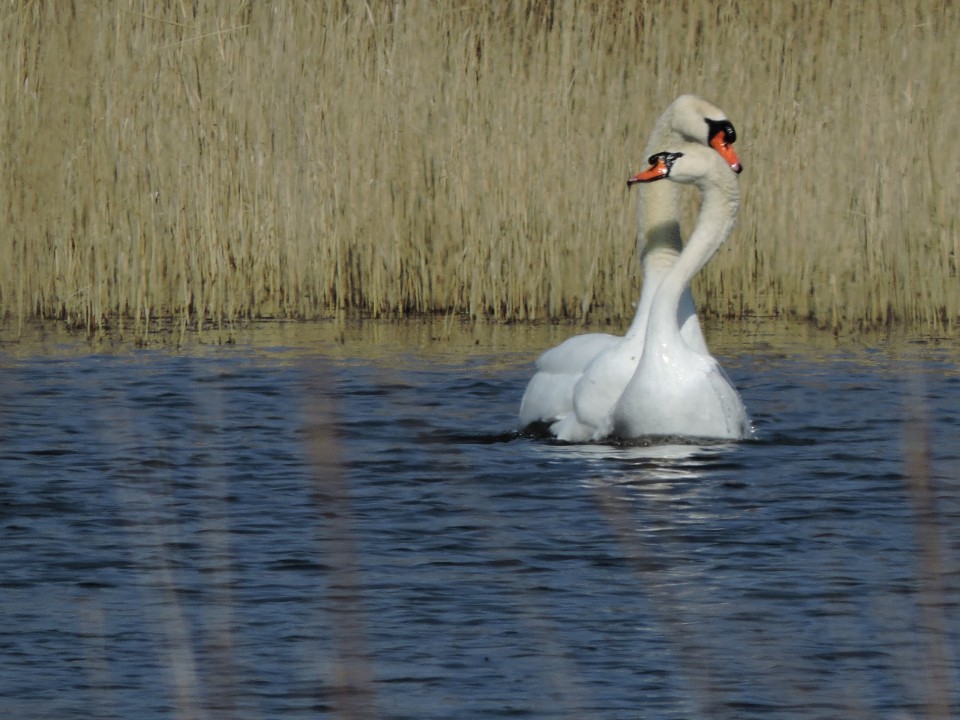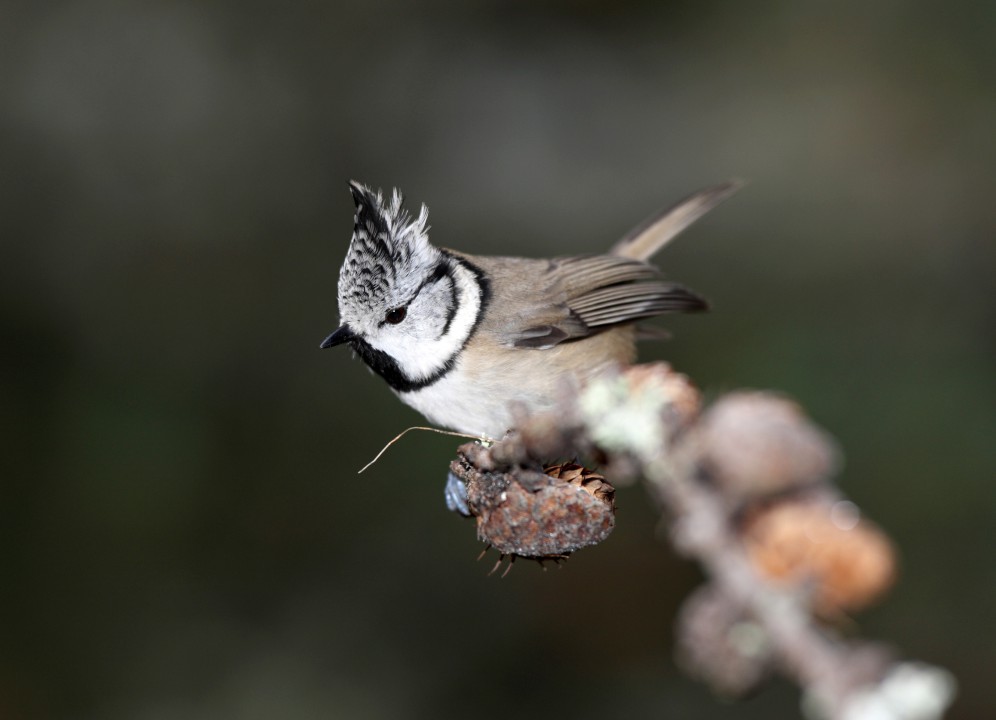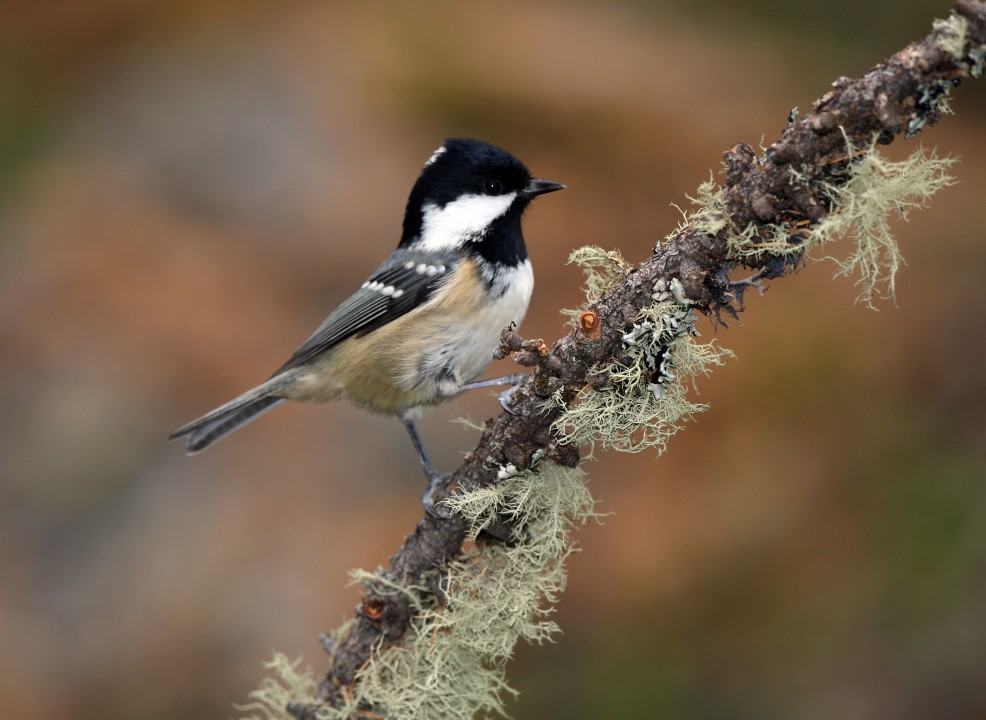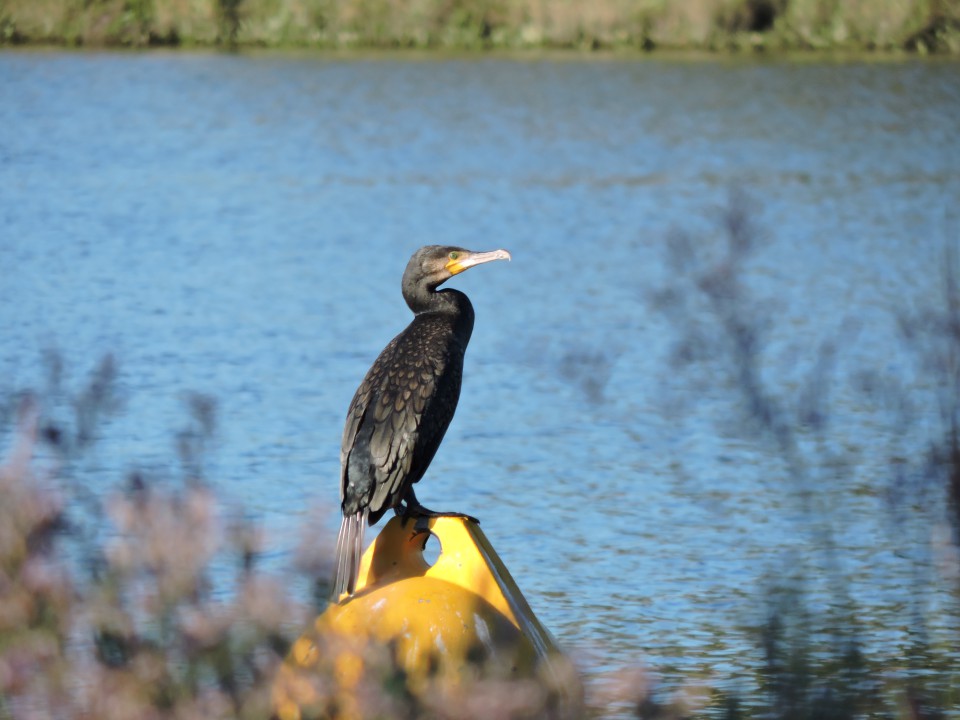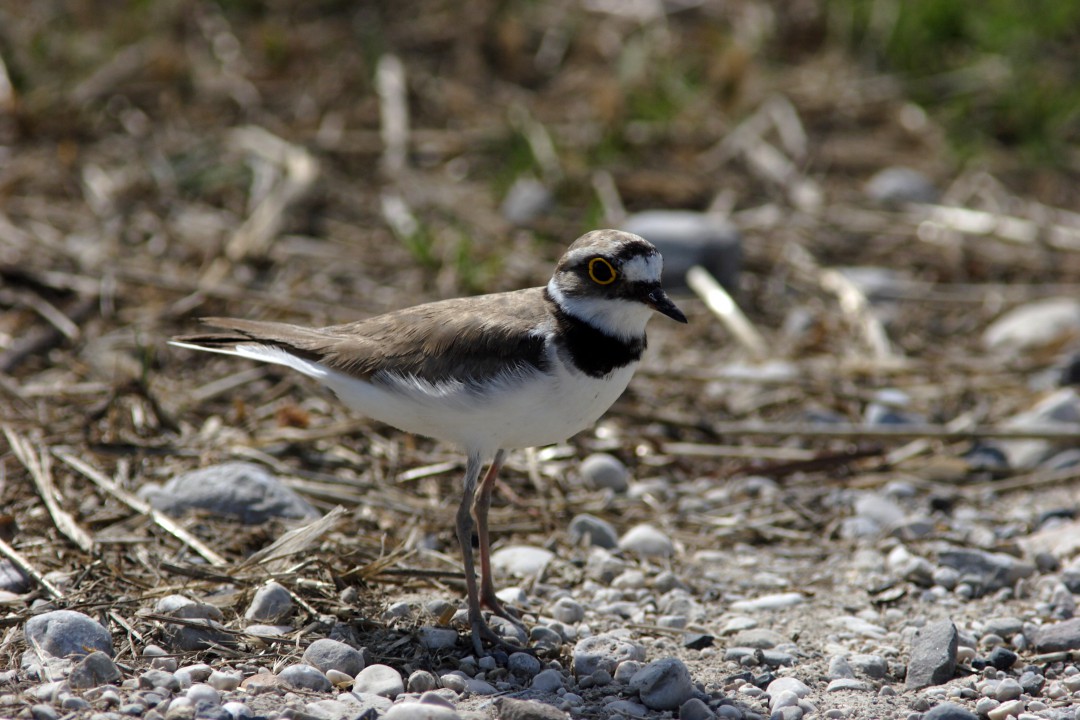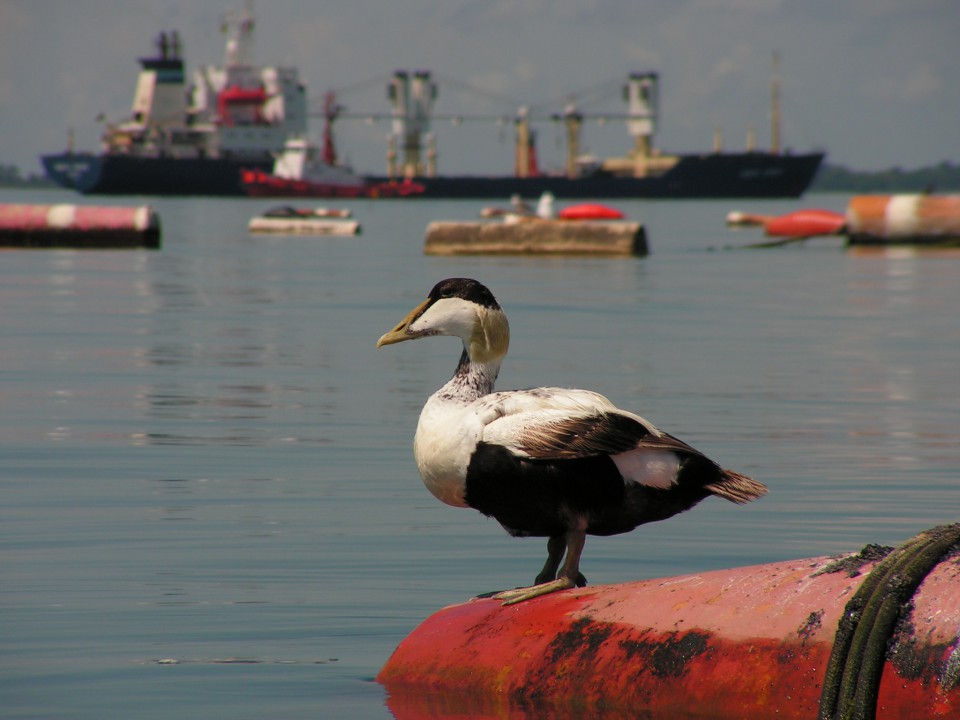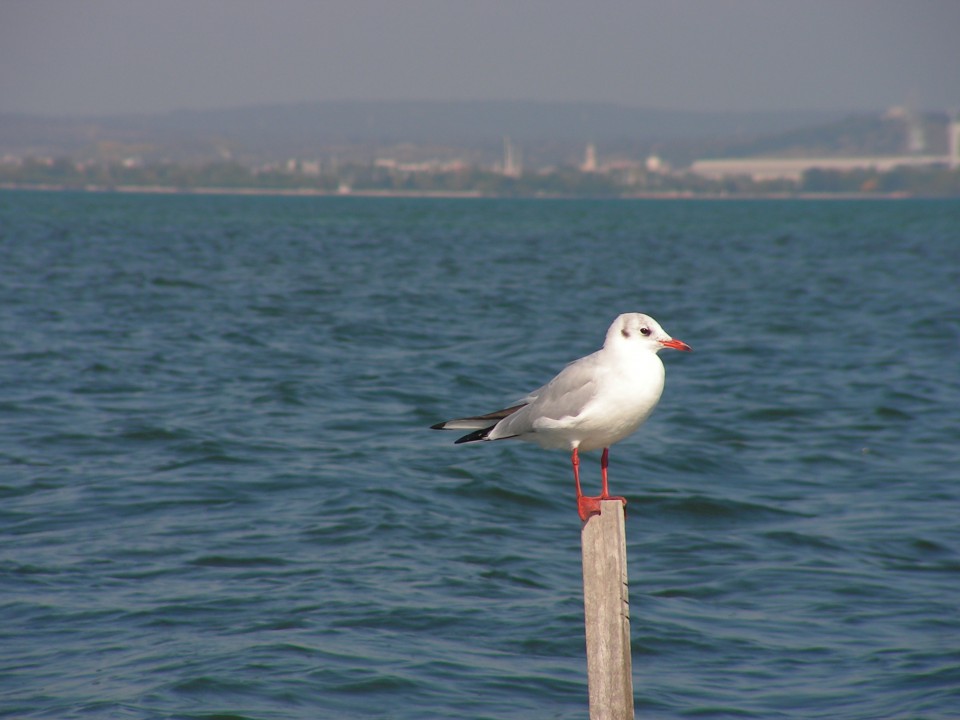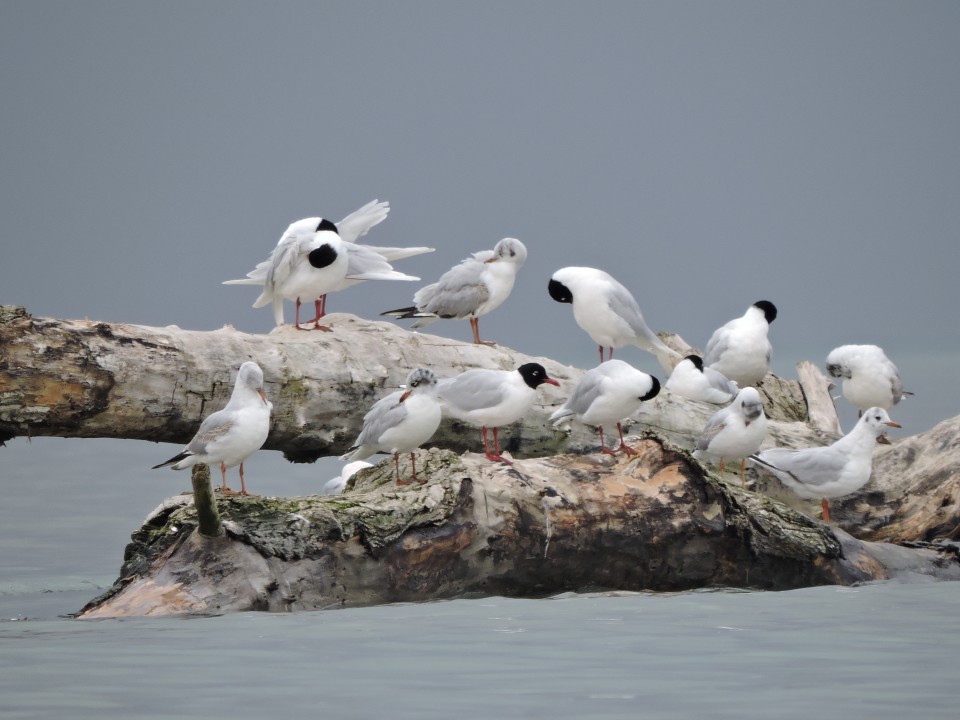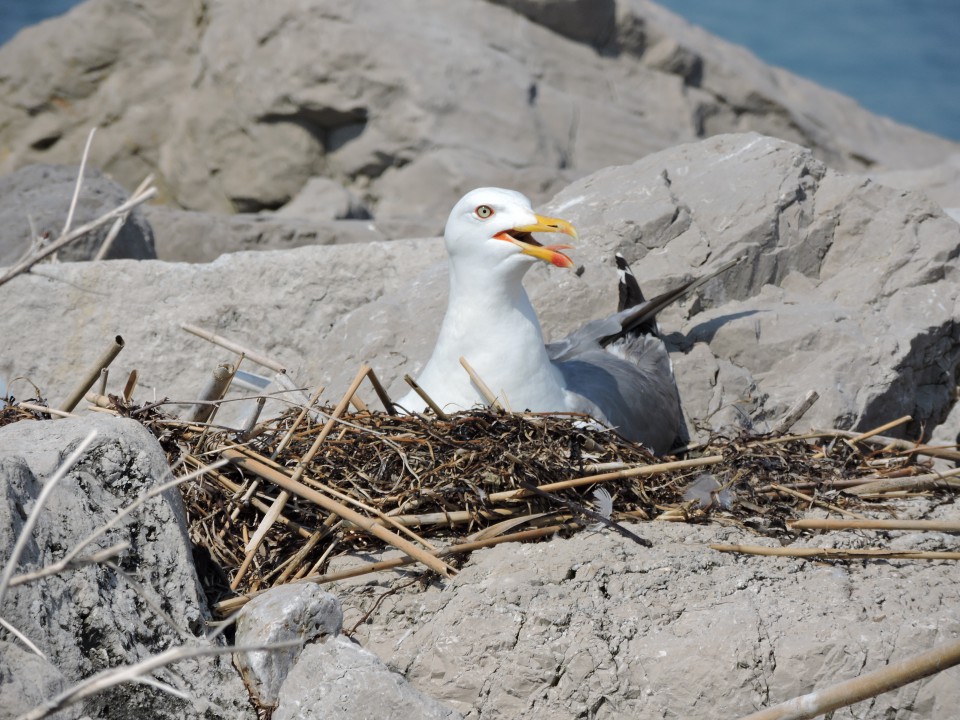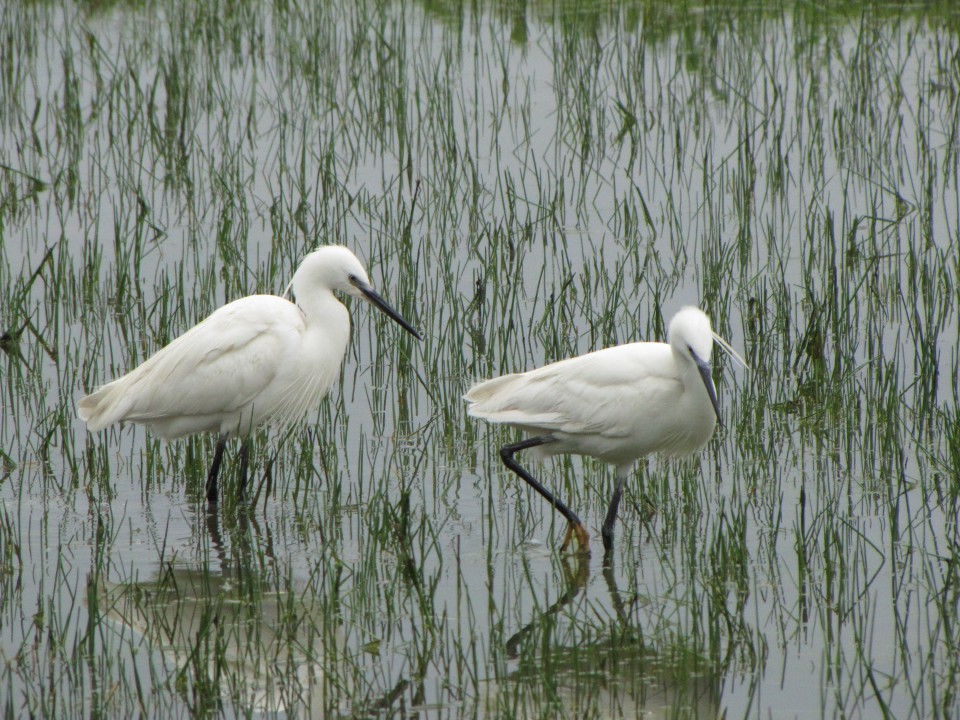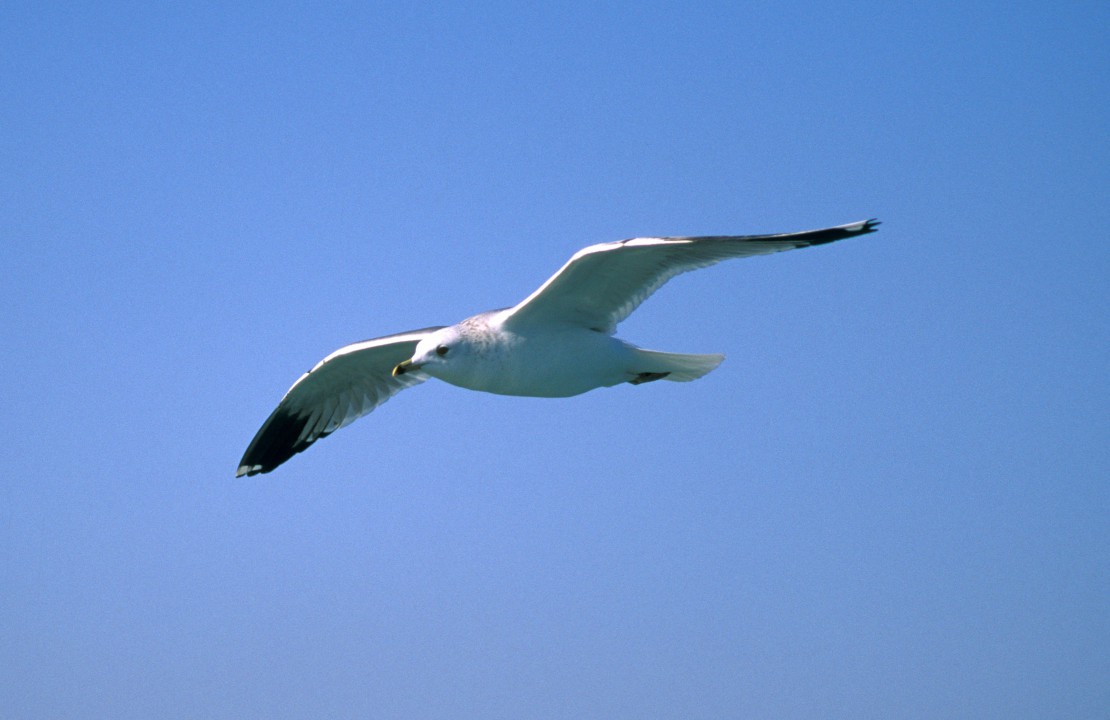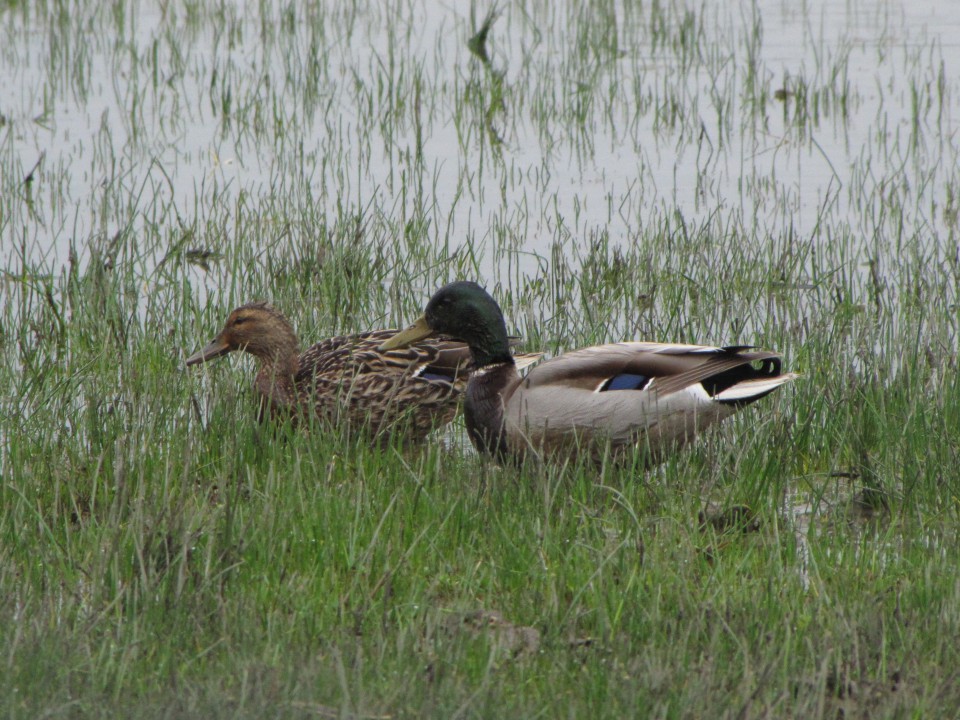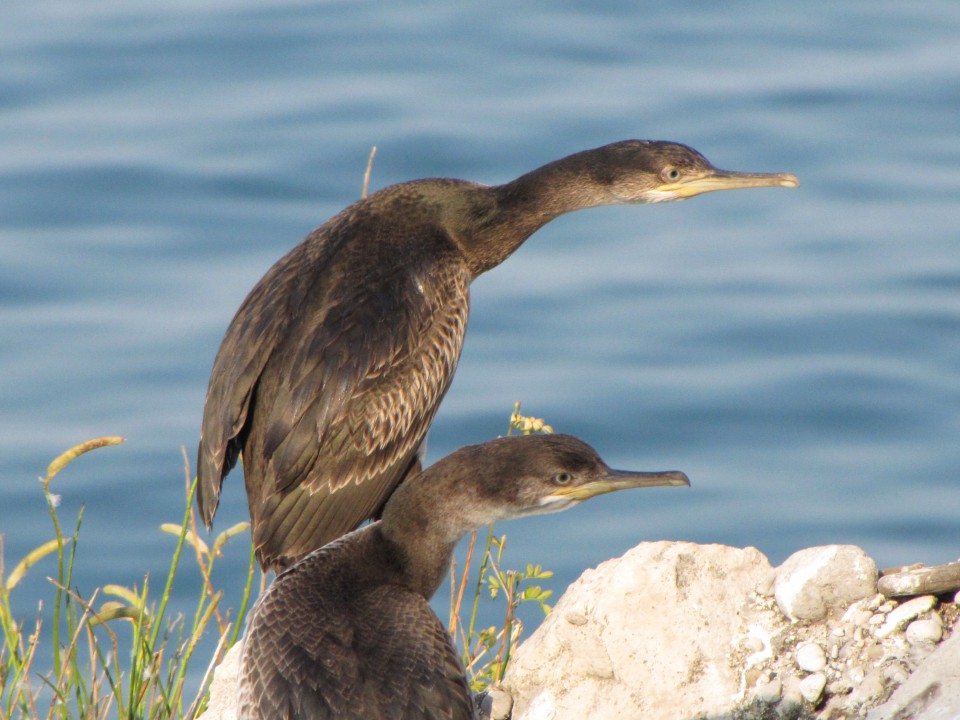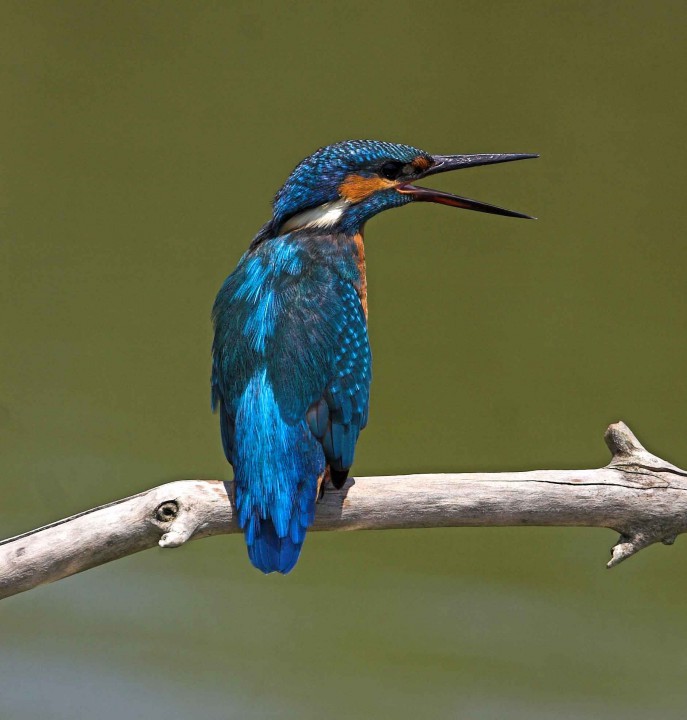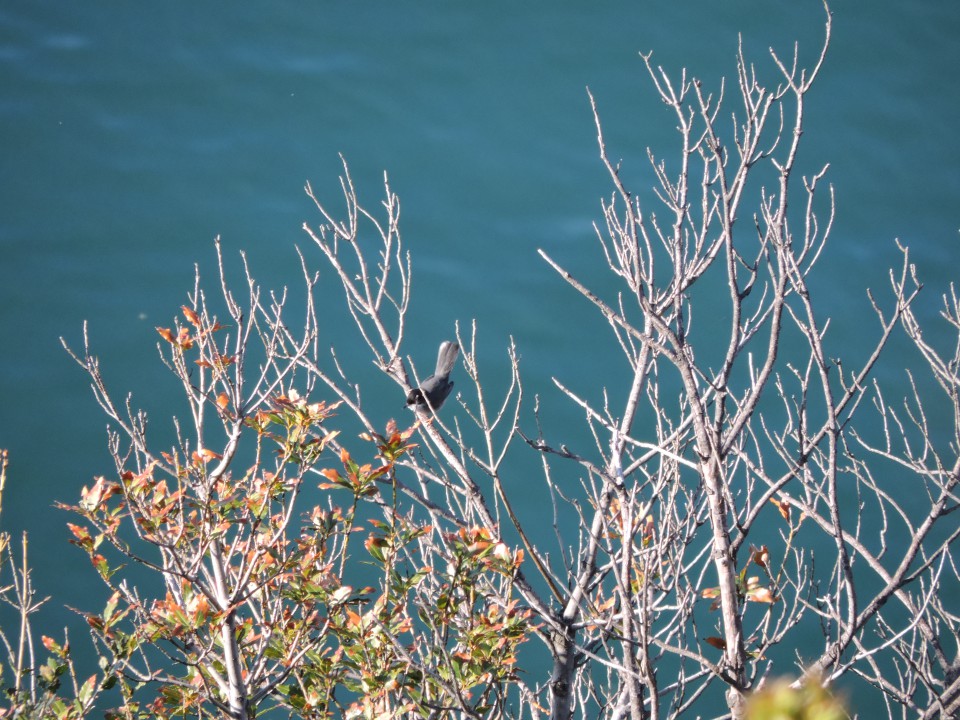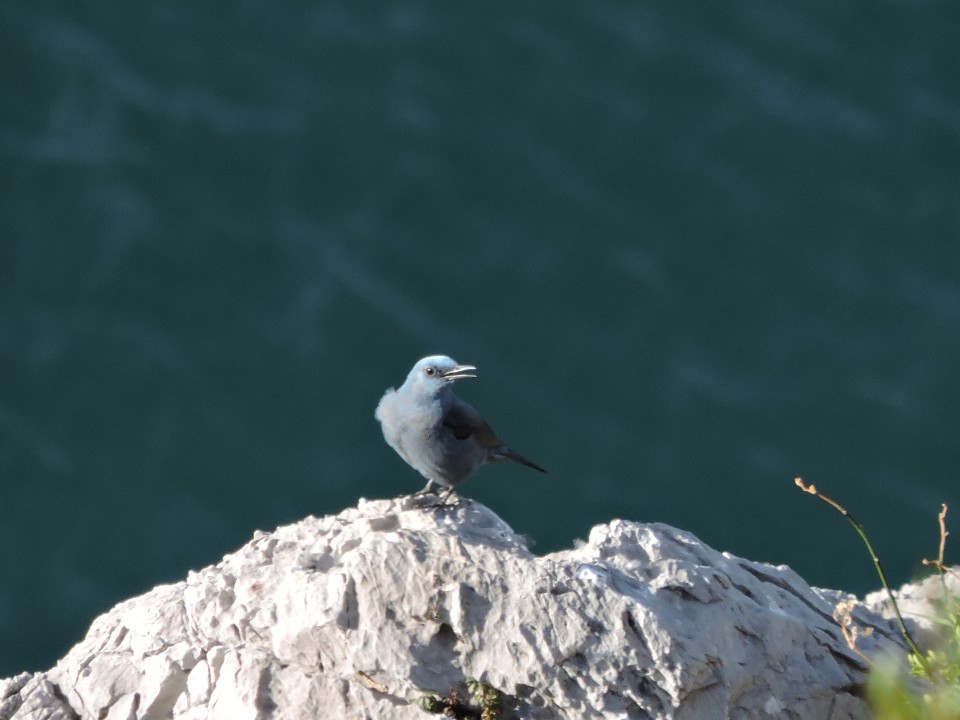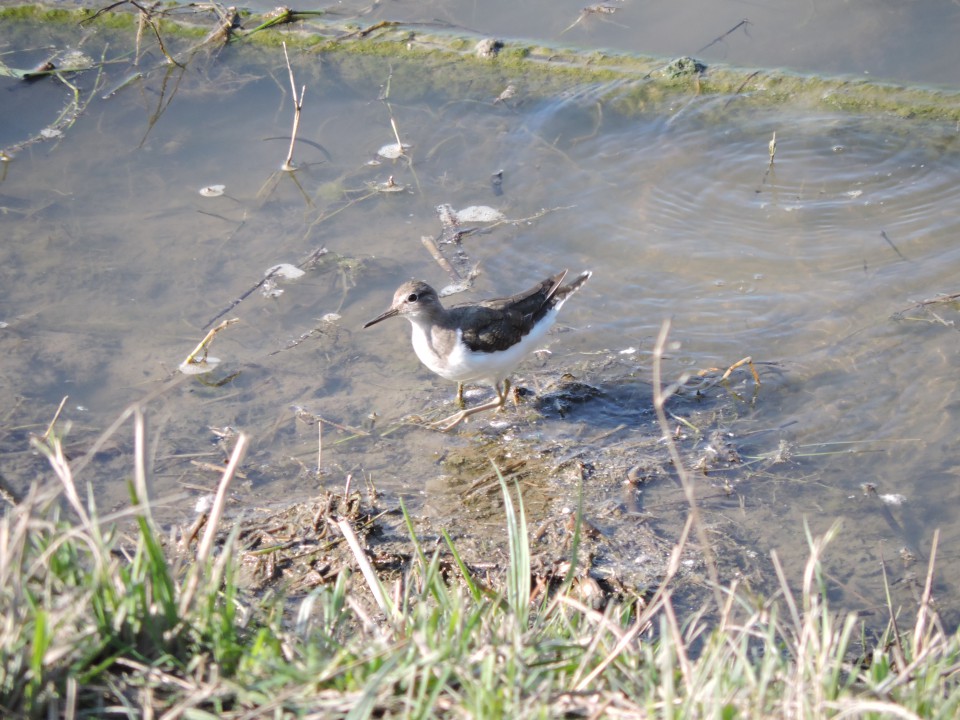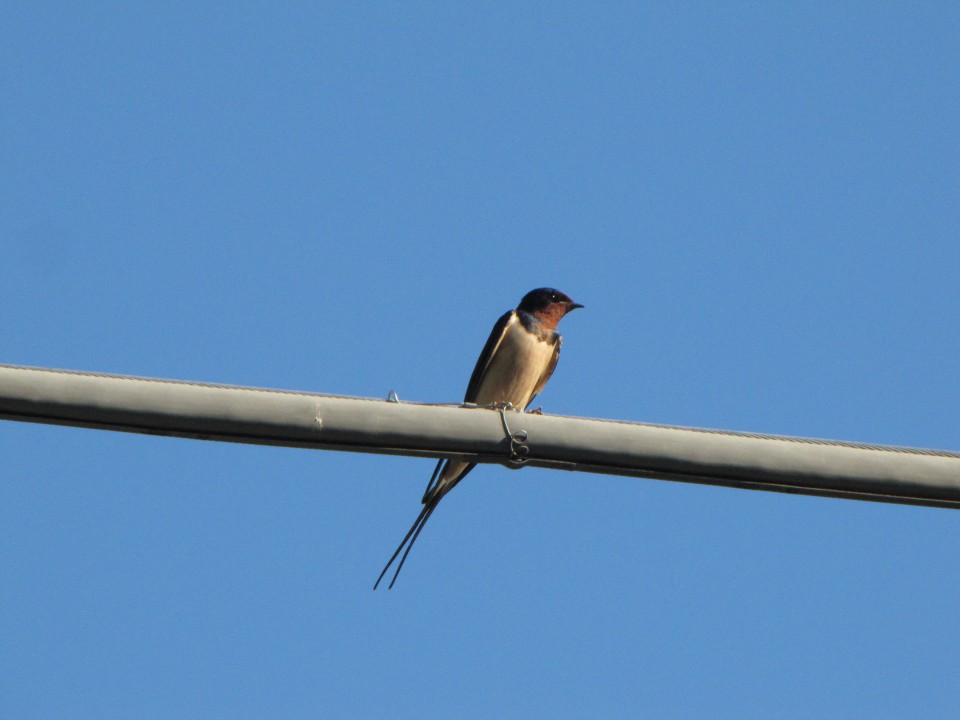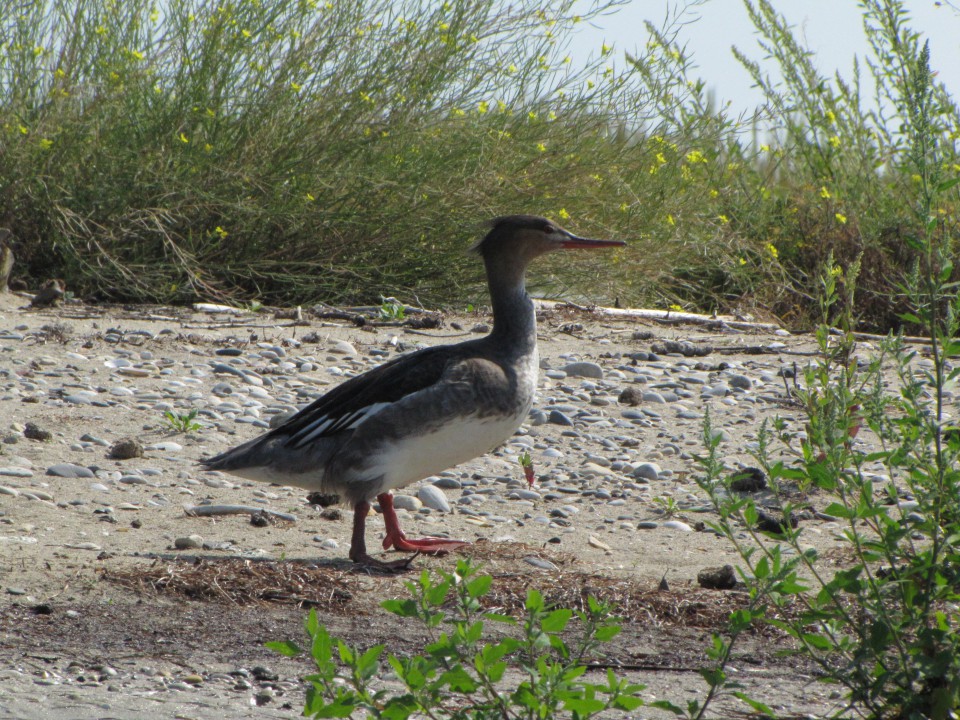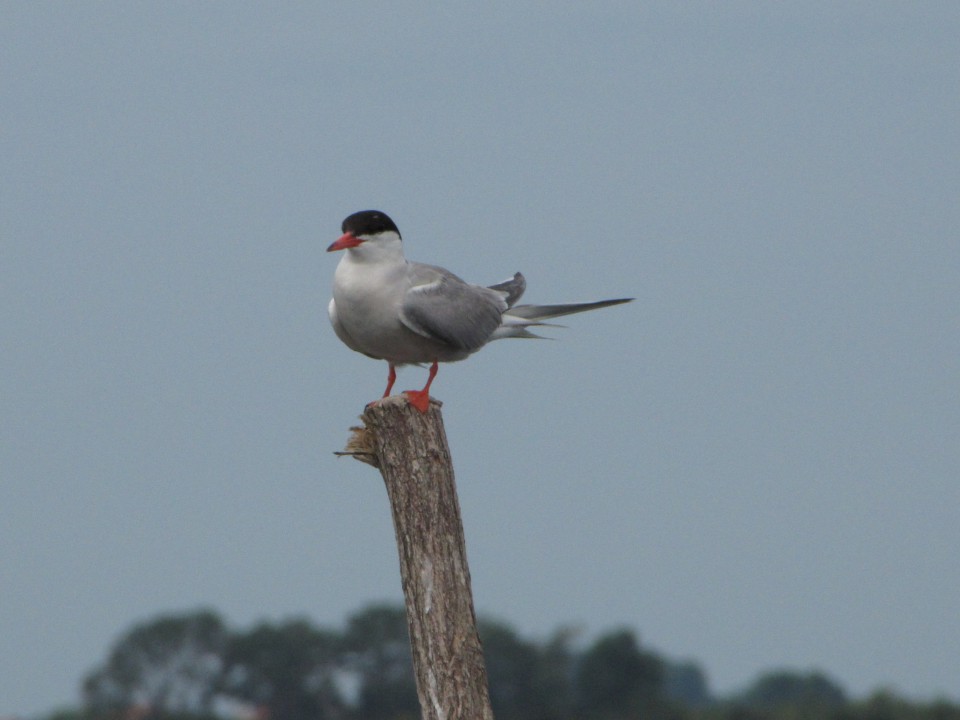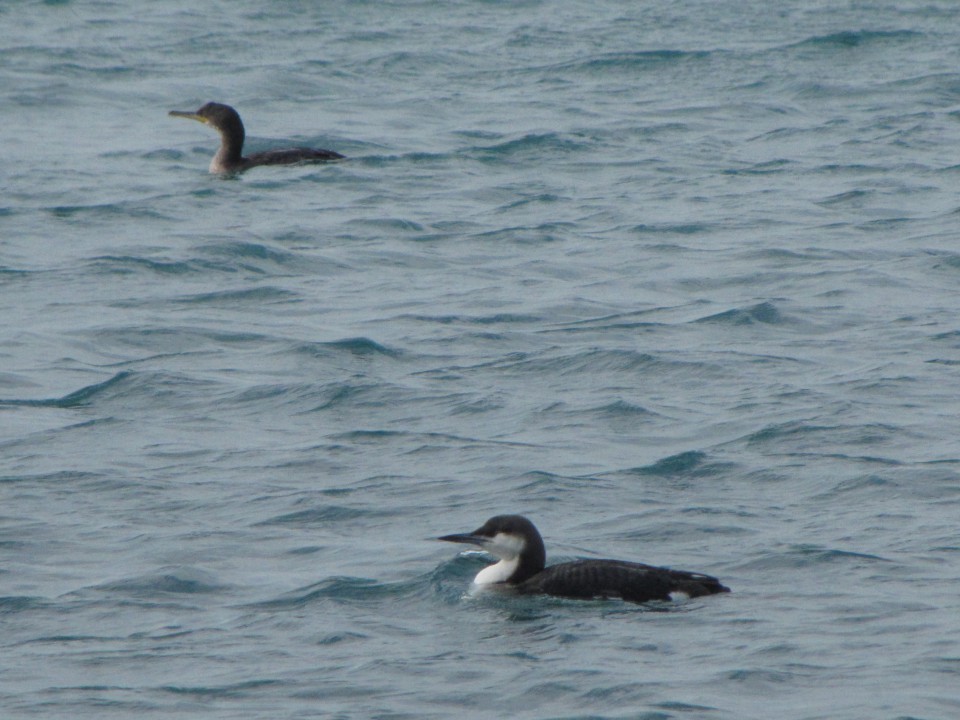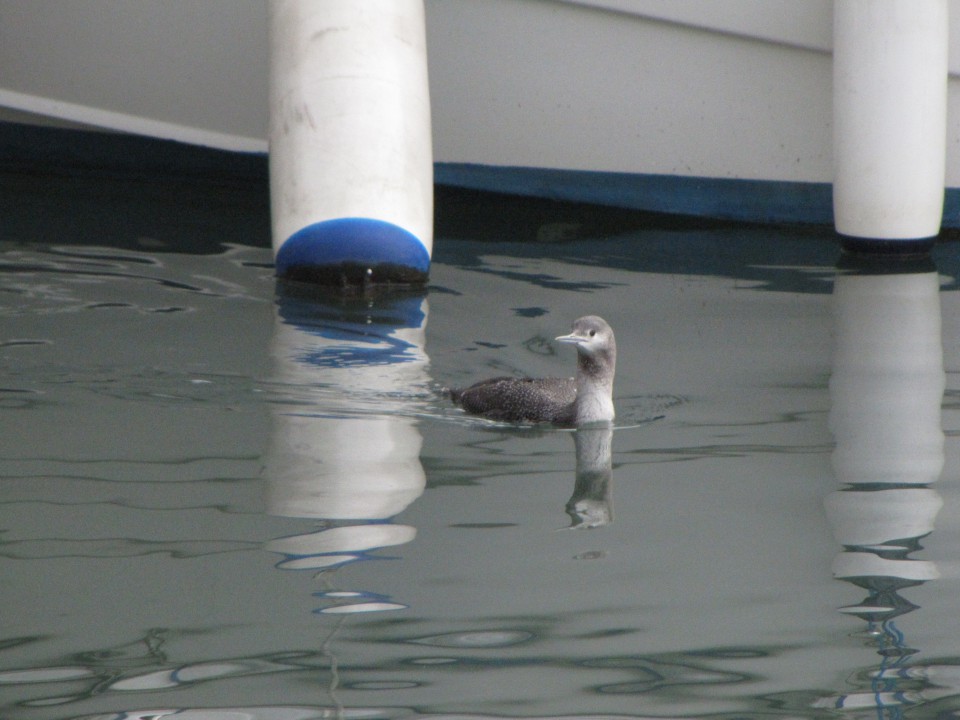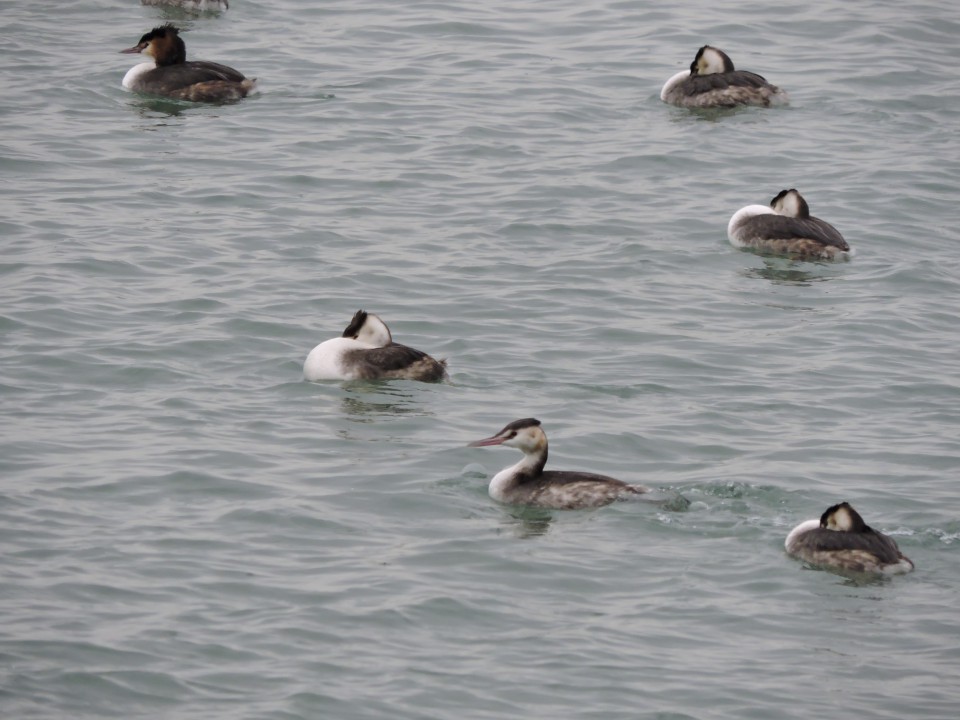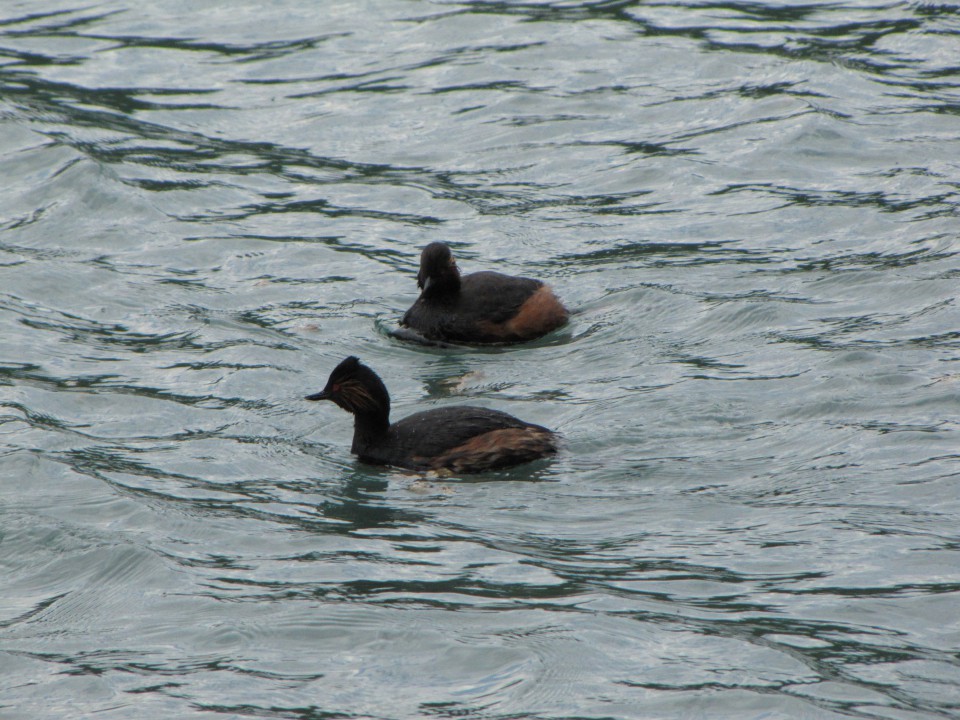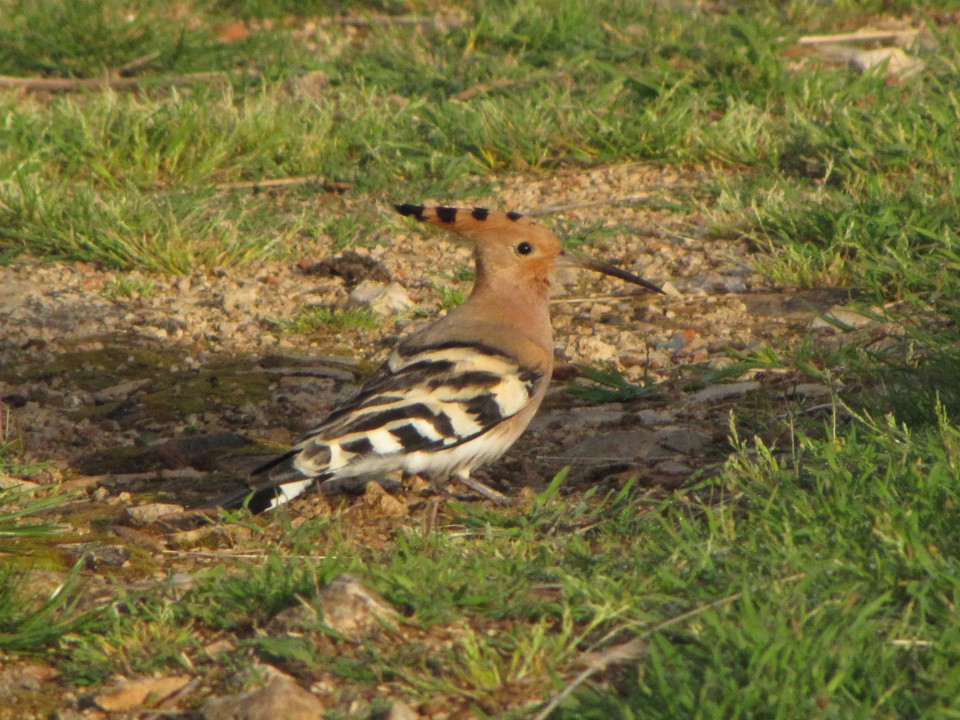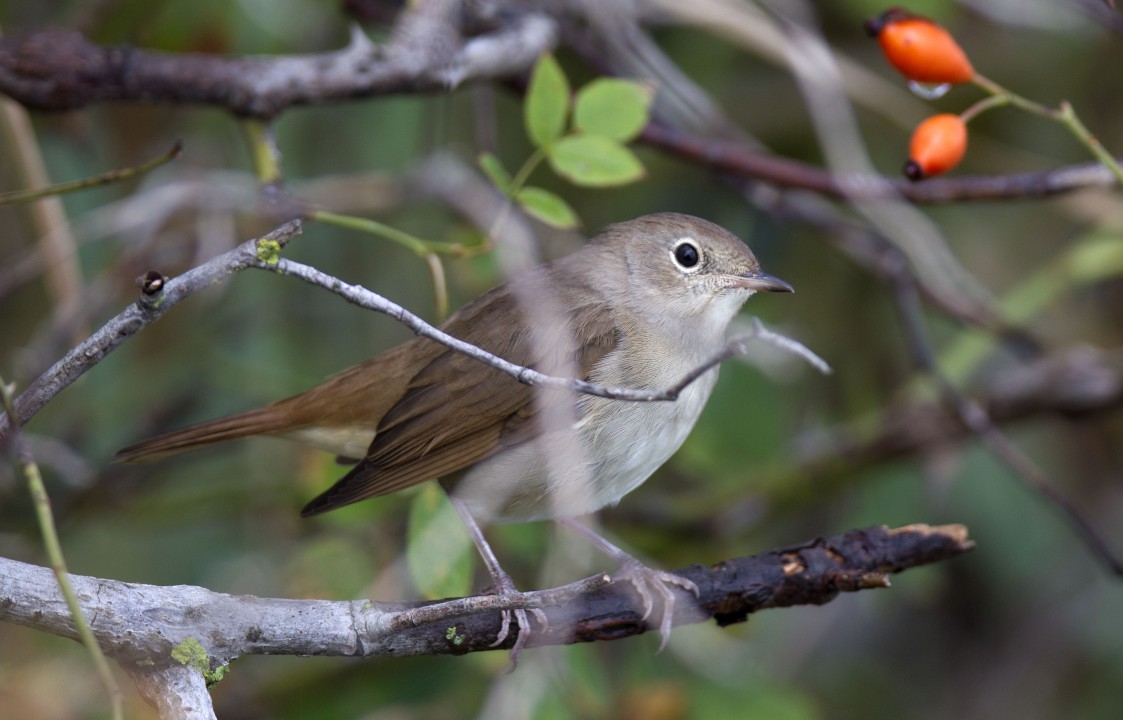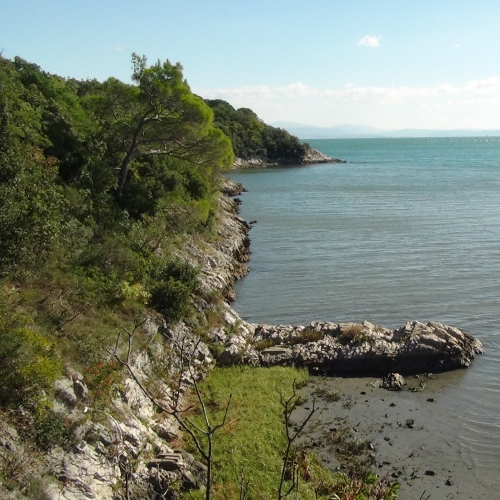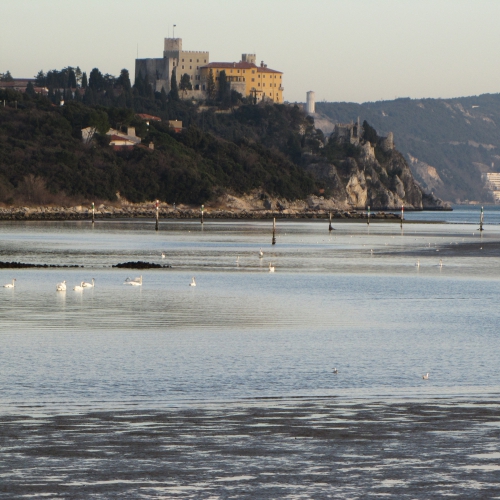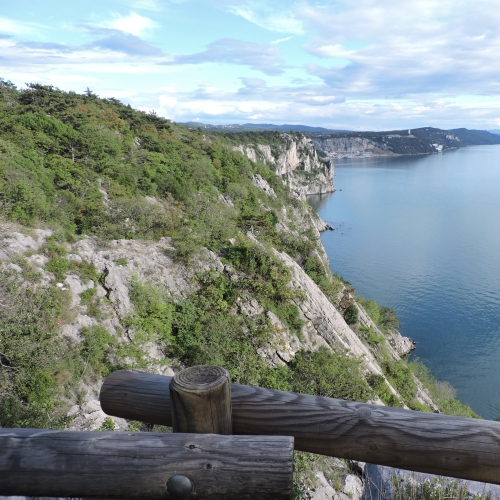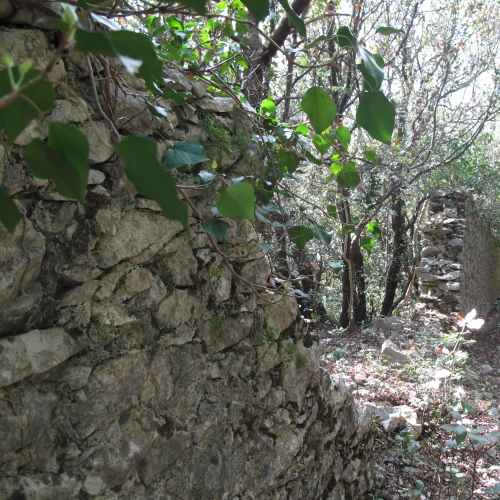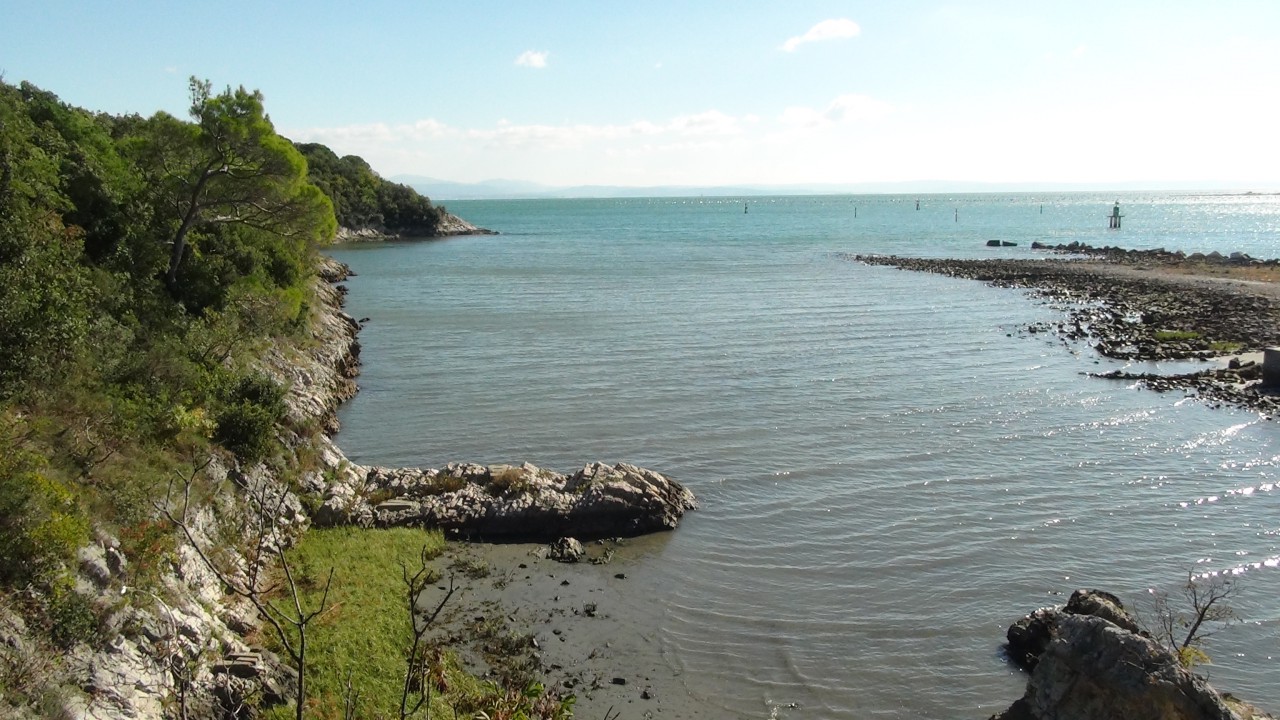
Descrizione
Sotto il bosco della Cernizza verso il golfo si estende una interessante penisola caratterizzata da una vegetazione quanto mai varia dovuta alla grande varietà di suoli. Nell’insenatura interna è presente il canneto, intorno alla punta la piana di marea con fanerogame, sulla penisola pietrosa la vegetazione dei suoli salati, delle sabbie e quella mediterranea con leccio e fillirea. Presenti infine molte specie esotiche qui favorite dalle molte manomissioni collegate alla vicina cava. La fauna, disturbo antropico permettendo, è molto ricca con specie della macchia mediterranea, quali l’occhiocotto a stretto contatto con specie palustri come il chiurlo maggiore o costiere come il marangone dal ciuffo.
Luoghi d'interesse
è un piccolo centro turistico e residenziale posto nel comune di Duino-Aurisina. È costituito da un nucleo di abitazioni recenti poste lungo un...
Recentemente, nella parte vicina alla ex-cava Sertubi, è stato rinvenuto uno dei più importanti giacimenti di resti di dinosauri d'Italia. In...
Tra le famiglie che si insediò al Villaggio del Pescatore, un nome ben conosciuto da queste parti è quelo di Nazario Minca che negli anni ’60...
Una semplice passeggiata può essere fatta lungo il versante sud del Monte Ermada, precisamente sul Promontorio Bratina e sul Monte Cocco. Durante la...
L’esposizione allestita dal Gruppo Speleologico Flondar ricostruisce con plastici e foto e reperti l’evoluzione del territorio attraverso...
Vegetazione
Forma estesi canneti in particolare in corrispondenza delle foci fluviali. Resiste ad una moderata salinità riducendo la taglia. Viene...
Frequente in mare e nelle lagune, come la zoster ella forma estesi popolamenti molto importanti per la fauna ittica e gli uccelli acquatici.
Specie alofila, i fiori gialli colorano il paesaggio estivo delle barene lagunari.
Specie nordamericana ampiamente diffusa nelle zone golenali e lungo i litorali. Si tratta di una specie esotica infestante che modifica fortemente...
Specie alofila non è presente sulle barene ma sulla costa rocciosa e sulle opere portuali quali moli e dighe anche in zona lagunare.
Specie alofila, forma popolamenti sulle barene e nelle valli da pesca in presenza di salinità moderata. Molto diffuso nella laguna di...
Pianta alofila, si trova nelle bassure retrodunali e nelle parti alte delle barene
Specie di quercia sempreverde, è il principale costituente della macchia mediterranea e localmente si trova tra il Timavo e Miramare e nei...
Specie alofila forma estesi popolamenti sulle barene e risulta evidente durante la fioritura estiva.
Forma pinete d’impianto ed è ampiamente naturalizzato sull’altopiano carsico, presente nella pineta litoranea di Lignano come...
Come il pioppo bianco è frequente lungo i fiumi e i litorali ma risulta meno legato ai suoli sabbiosi. Una varietà ibrida viene...
Specie alofila si trova sulle barene e nella cassa di colmata del Lisert dove forma popolamenti estesi
Specie psammofila è la prima pianta terrestre a colonizzare la spiaggia verso la battigia, intorno a queste piante si formano piccoli...
Specie di origine nordamericana diffusa nelle zone coltivate e lungo I fiumi. Utilizzata per paleria e legna da ardere.
Forma popolamenti puri o in associazione con la cannuccia palustre alle foci dei fiumi, in presenza di acqua debolmente salata. Veniva falciato...
Specie alofila risulta evidente durante la fioritura estiva
Specie alofila è la prima pianta terrestre a colonizzare le piane di marea più elevate sopportando lunghe sommersioni.
Frequente nel mare a profondità inferiore ai 5 metri e nelle lagune soprattutto in corrispondenza di apporti di acqua dolce. Colonizza le...
Tradizioni
In antichità di fronte alle foci del Timavo vi era un ampio specchio di mare navigabile, il Lacus Timavi corrispondenre circa alla zona del...
Sono le tipicissime rivendite private di vino e salumi e formaggi distribuite su tutto il Carso Triestino e goriziano segnalate da un ramo di...
Ambienti
Il Carso è un altipiano allungato in direzione SE– NW, leggermente in discesa verso occidente. La parte orientale presenta infatti...
Le mitilicolture, che da oltre 40 anni fanno parte del paesaggio costiero triestino, con i loro sistemi galleggianti molto vistosi costituiscono...
Le zone regolarmente sommerse dall’alta marea che si scoprono durante la bassa prendono il nome di “piana di marea”. Nel Friuli...
Uccelli
cm 84-102, sessi simili. Presente tutto l’anno nidifica in colonia in boschetti lagunari e altre zone boscate dell’entroterra. La nidificazione...
cm 19-21, sessi simili. Esiste una forma grigia ed una rossastra. E’un piccolo gufo con ciuffi auricolari ed un canto caratteristico ed ...
cm 37-43, sessi simili, grigio chiaro superiormente, bianco nelle parti inferiori, con calottina nera con ciuffo sulla nuca e becco nero con apice...
cm 48-57, sessi simili. Brunastro con lungo becco ricurvo. Presente tutto l’anno ma non nidifica. Forma aggregazioni durante l’alta marea su...
cm 37-45, sessi simili. Brunastro con becco ricurvo, più corto del chiurlo maggiore, presenta caratteristiche strie scure sulla testa. Presente...
cm 140-160, colore bianco, grigio nei giovani, tubercolo alla base del becco, più evidente nel maschio. Presente tutto l’anno, numeroso presso...
cm 10,5-12 - sessi simili. Bruno grigia con evidente ciuffo. Presente tutto l’anno nelle pinete del Carso comprese le falesie di Duino e il parco...
cm 10-11.5, sessi simili. Piccola cincia con caratteristica chiazza bianca sulla nuca. Presente tutto l’anno è legata per la nidificazione alle...
cm 77-94, sessi simili. Come pellicani e sule ha le 4 dita congiunte dalla membrana natatoria. Specie presente tutto l’anno, aumenta notevolmente...
cm 15.5-18, sessi simili. Beige superiormente con strie nere sul capo e sul petto, bianco inferiormente. Presente da marzo a settembre, nidifica...
cm 60-70, il maschio ha un piumaggio bianco e scuro. Una popolazione stanziale è presente tra la foce dell’Isonzo e quella del Timavo. Alcune...
cm 35-39, sessi simili. A febbraio veste il cappuccio bruno scuro dell’abito nuziale che poi perde in luglio-agosto. Presente tutto l’anno...
cm 37-40, sessi simili. Rispetto al gabbiano comune ha il becco più massiccio e rosso corallo, la testa nera-durante la nidificazione- e le punte...
cm 52-58, sessi simili. Grigio superiormente, bianco inferiormente. Presente tutto l’anno e nidificante abbondante in laguna, sui tetti di Trieste...
cm 55-65, sessi simili. Piumaggio bianco con lunghe penne, dette egrette. su nuca e dorso durante il periodi riproduttivo. Presente tutto l’anno...
cm 40-46, essi simili. Ricorda un gabbiano reale di minori dimensioni. Presente da novembre ad aprile, numerosa in alcuni inverni, Frequenta il mare,...
cm 50-60. spiccato dimorfismo, è il progenitore dell’anatra domestica. Presente tutto l’anno, molto adattabile, frequenta sia le zone umide che...
cm 68-78, sessi simili. Il breve ciuffo è presente negli adulti in inverno e inizio primavera. Presente tutto l’anno diviene raro in inverno e...
cm 17-19, sessi simili. Azzurro superiormente, rosso inferiormente con grande becco scuro e coda molto corta che in volo lo fanno sembrare un...
cm 13-14, maschio con testa nera ed occhio rosso, femmina bruna con testa grigia. Presente tutto l’anno, nidifica in ambienti caldi litoranei con...
cm 21-23, il maschio è blu con ali nerastre mentre la femmina è bruna. Presente tutto l’anno, raro come svernante. Nidifica sulle falesie della...
cm 18-20,5 bruno chiaro superiormente. bianco sulle parti inferiori. Le ali hanno una sottile barra chiara e vengono spesso bloccate brevemente nel...
cm 48-56, sessi simili, piumaggio molto variabile, in genere bruna con chiazze chiare. Presente tutto l’anno, più numerosa anche in laguna durante...
cm 17-21, sessi simili. Nera superiormente, gola rossa e ventre biancastra. Presente da marzo-aprile e settembre-ottobre, Nidifica sotto manufatti...
cm 52-58, maschio con testa verde scuro e collarino bianco, femmina con testa rossastra. Presente durante lo svernamento è frequente durante la...
cm 34-37, sessi simili. Grigia chiara superiormente bianca nelle parti inferiori, con calottina nera e becco rosso. È la classica rondine di mare...
cm 63-75, sessi simili. D’inverno il piumaggio è grigio scuro superiormente, biancastro inferiormente Il becco è più massiccio e tenuto...
cm 55-67, sessi simili. Durante l’inverno ha un piumaggio grigio, biancastro inferiormente. Presente d’inverno in mare e nelle zone più profonde...
cm 46-51, sessi simili Grigio superiormente, biancastro inferiormente, nell’abito nuziale mostra evidenti ciuffi sul capo e guance. Presente tutto...
cm 28-34, sessi simili. Grigio e biancastro d’inverno, veste il collo nero ed un ciuffo giallo dietro l’occhio rosso a marzo. Presente da agosto...
cm 25-29, sessi simili, piumaggio arancio barrato di nero, cresta erettile sul capo, volo sfarfallante. Presente da aprile a settembre ed è...
cm 15-16.5, sessi simili. Bruno rossastro superiormente più chiaro nelle pari inferiori. Presente da aprile a settembre. Nidifica in boschetti...

